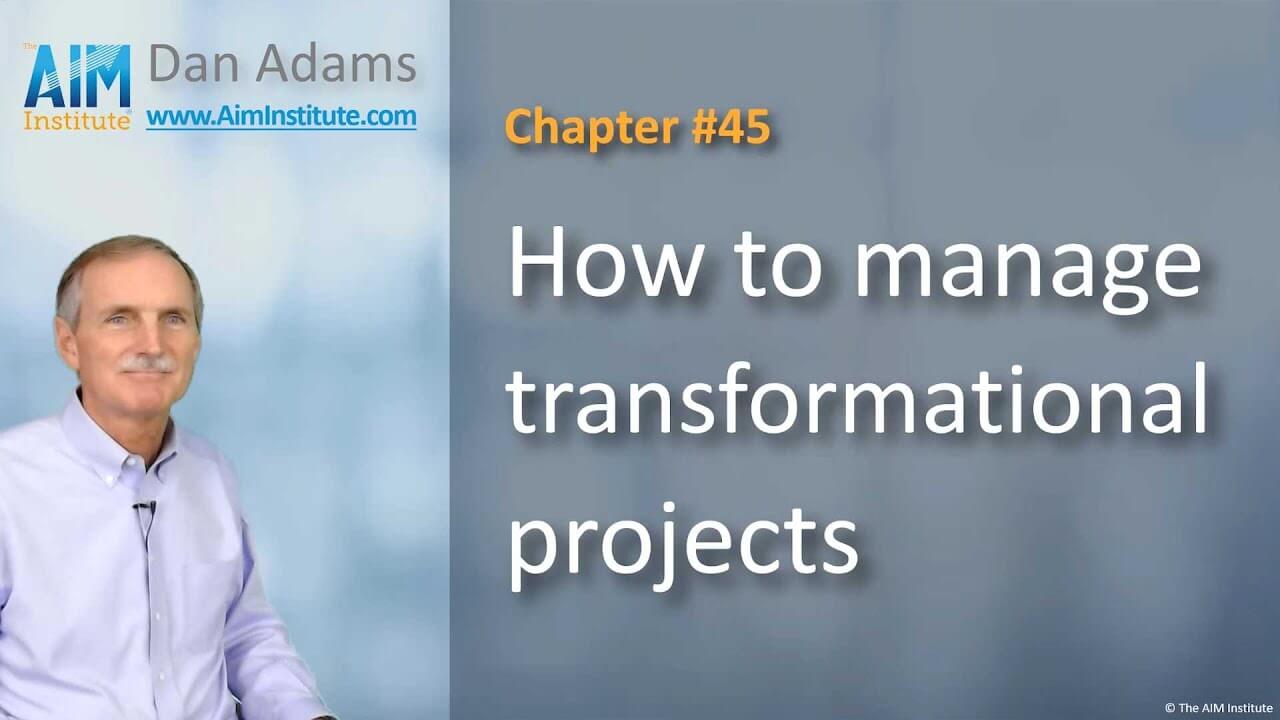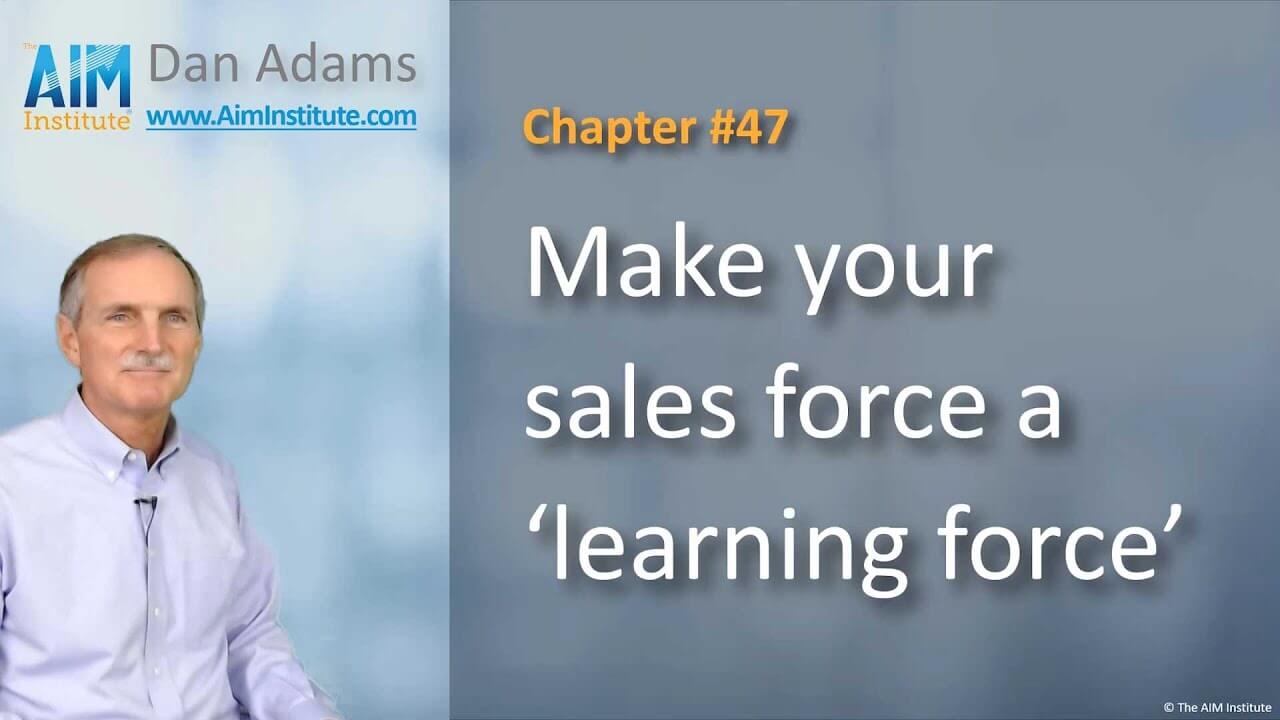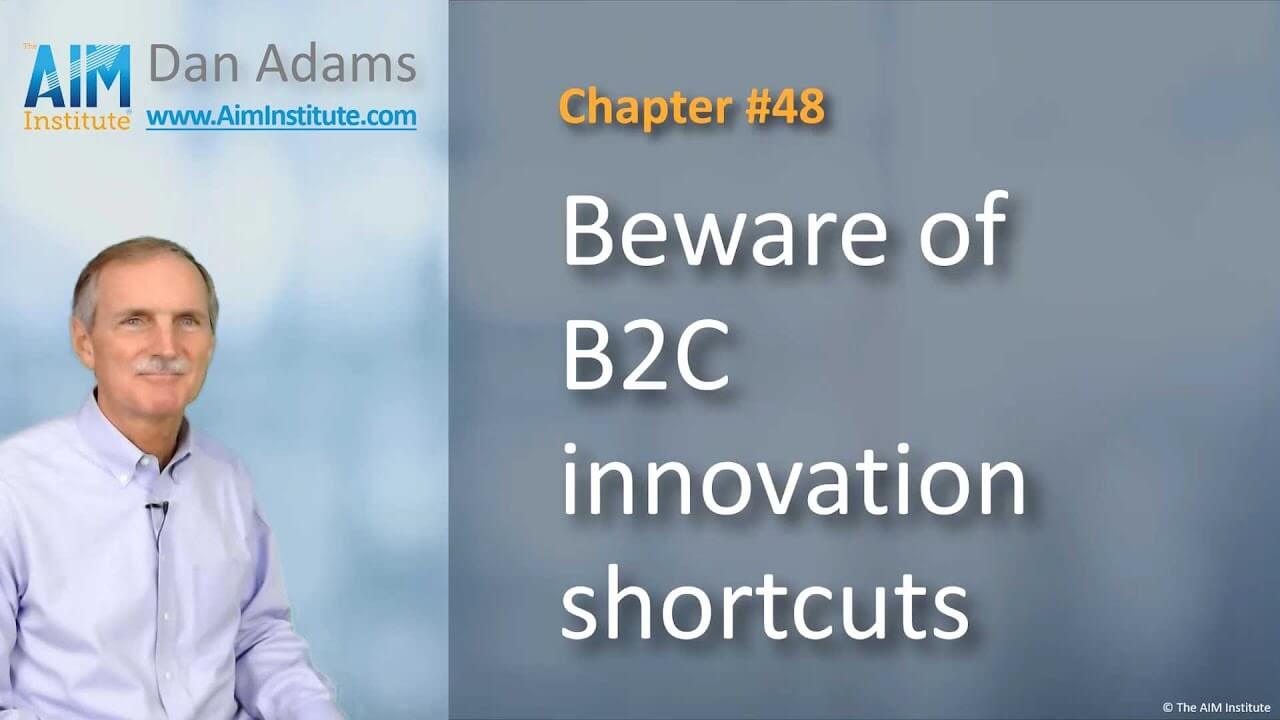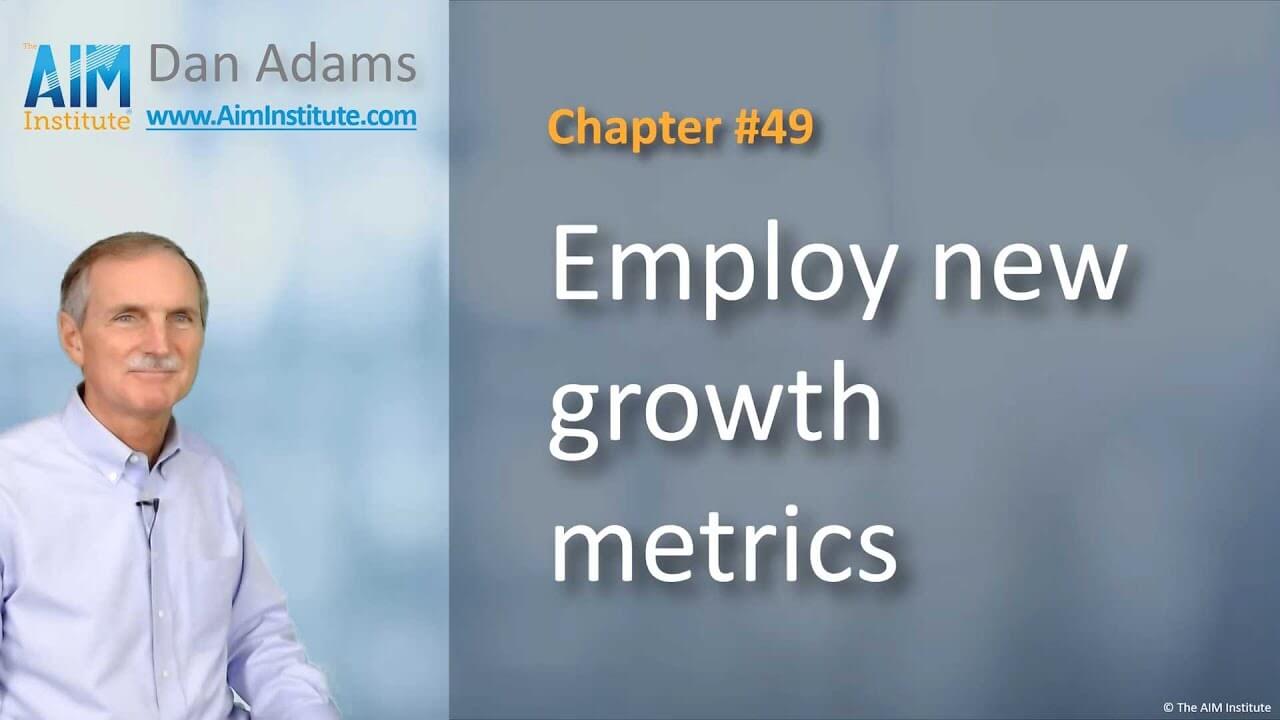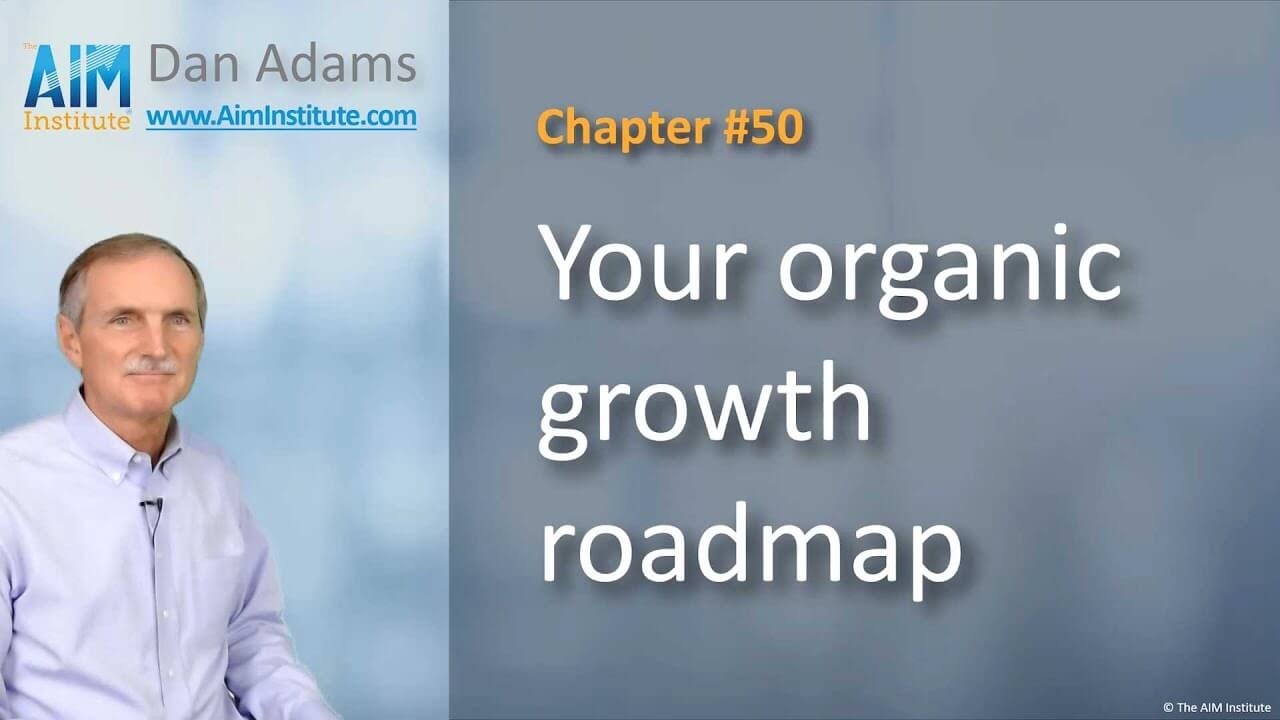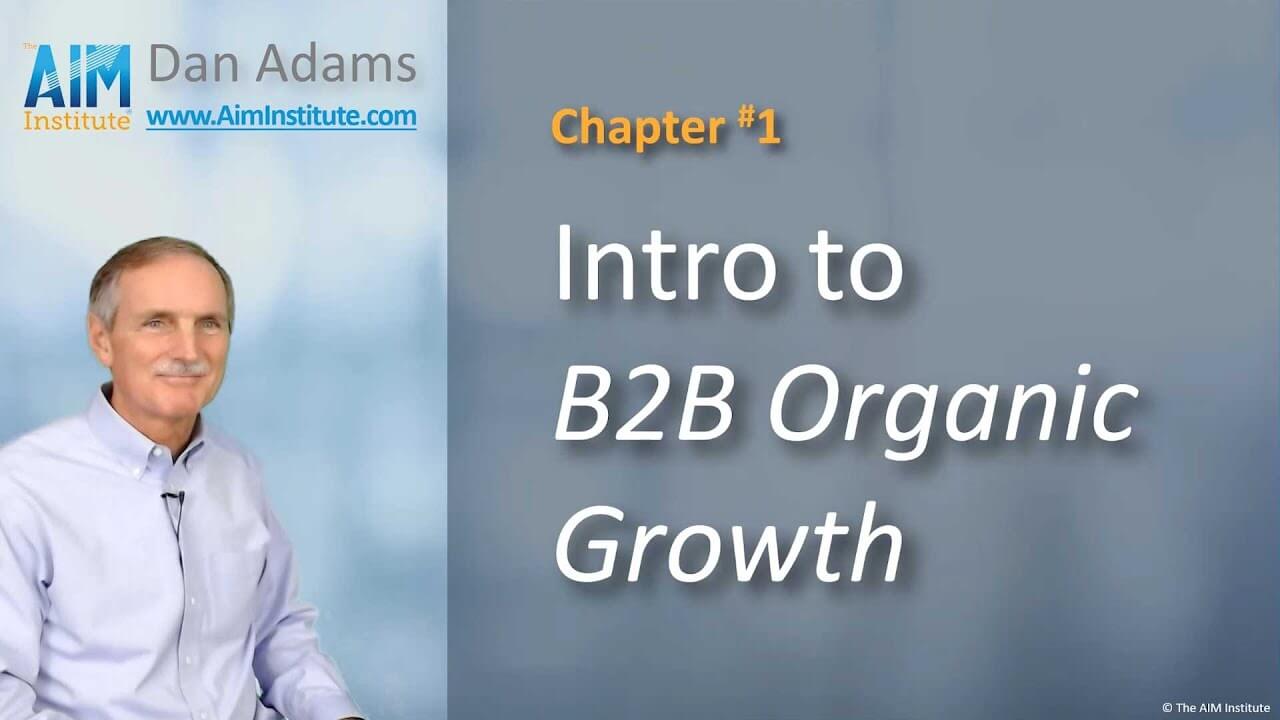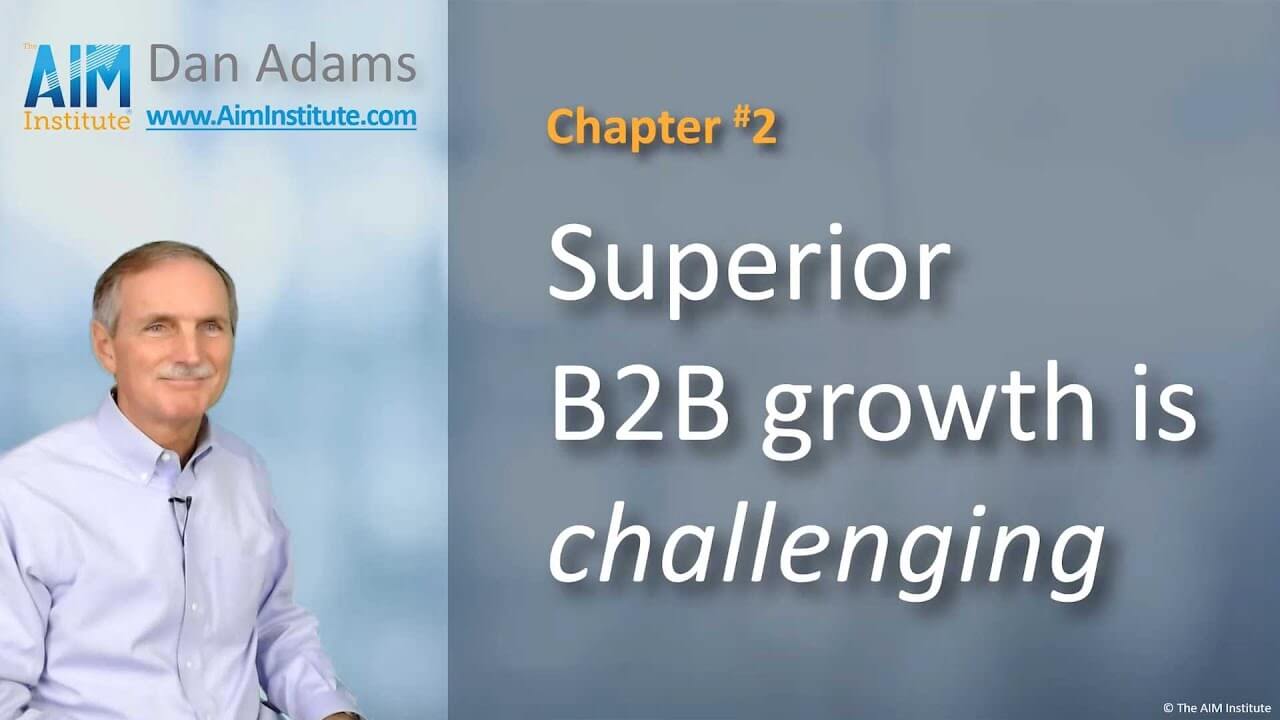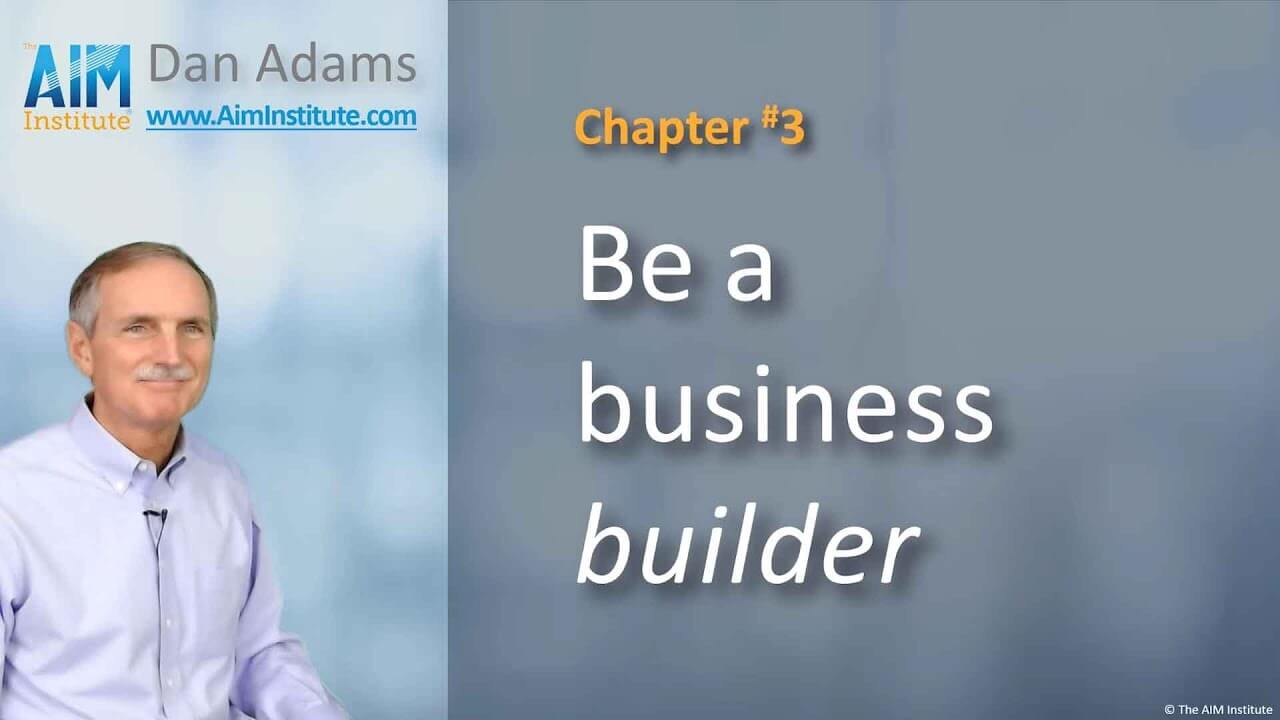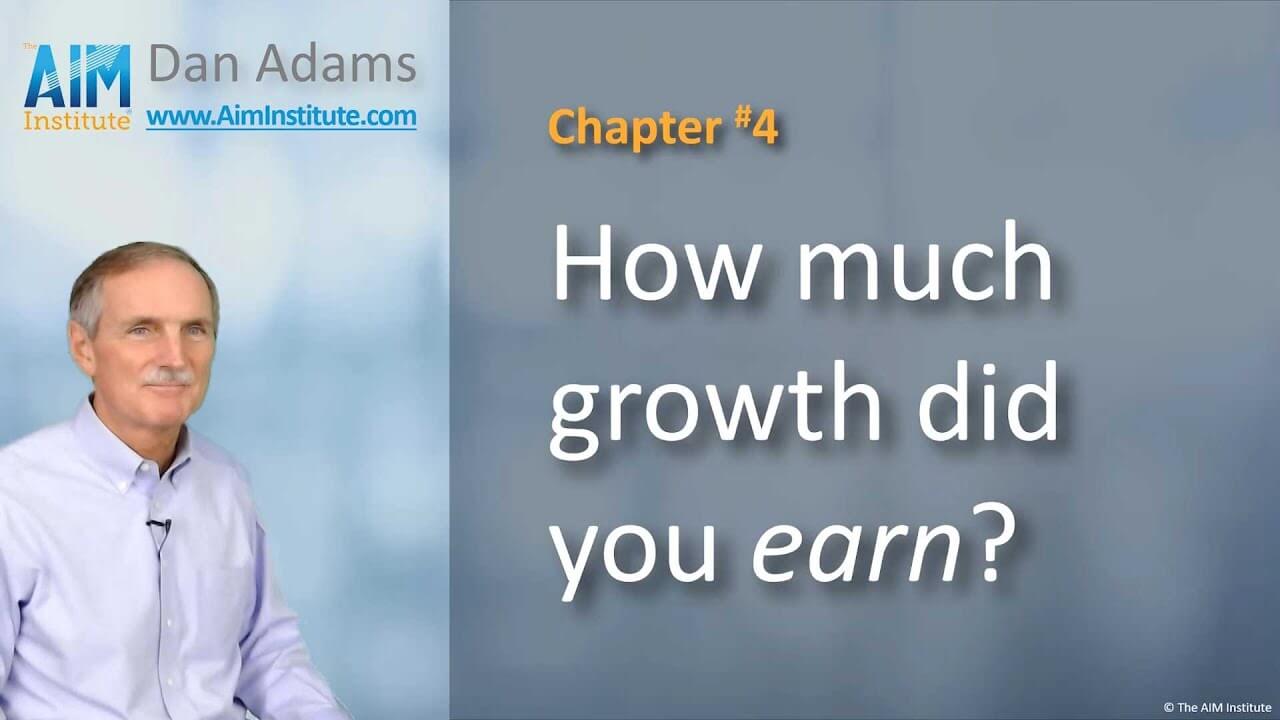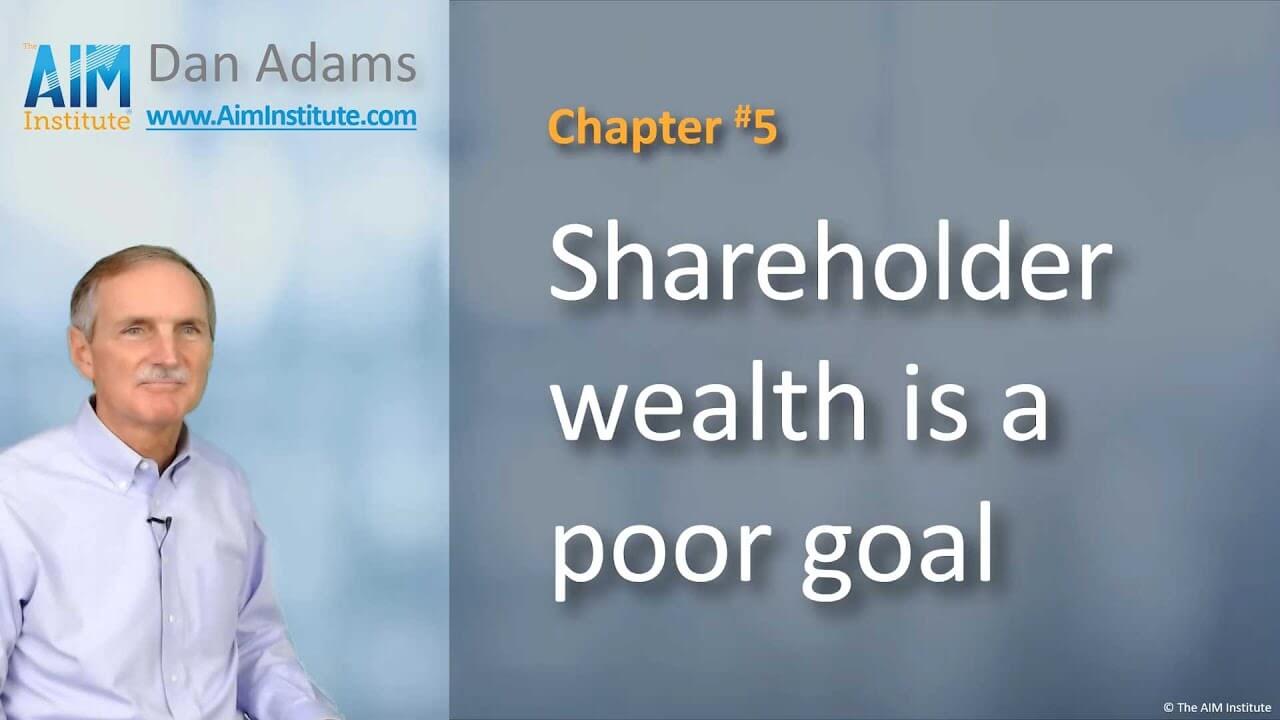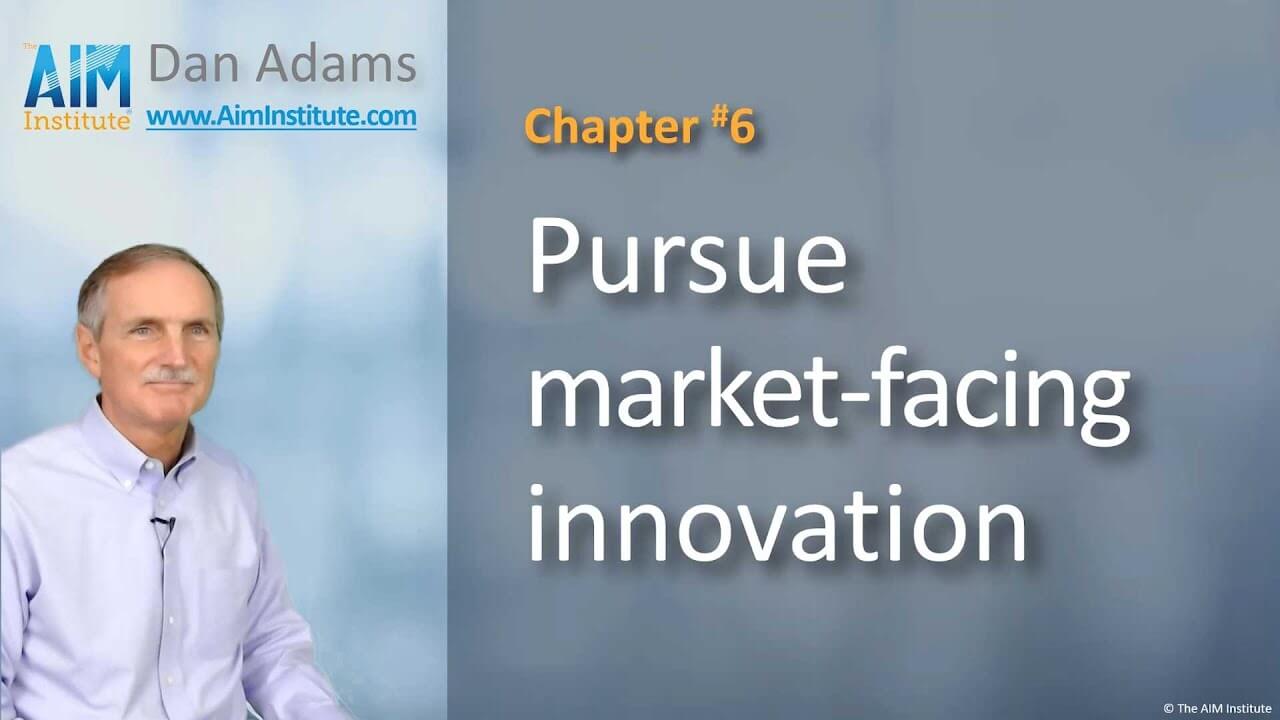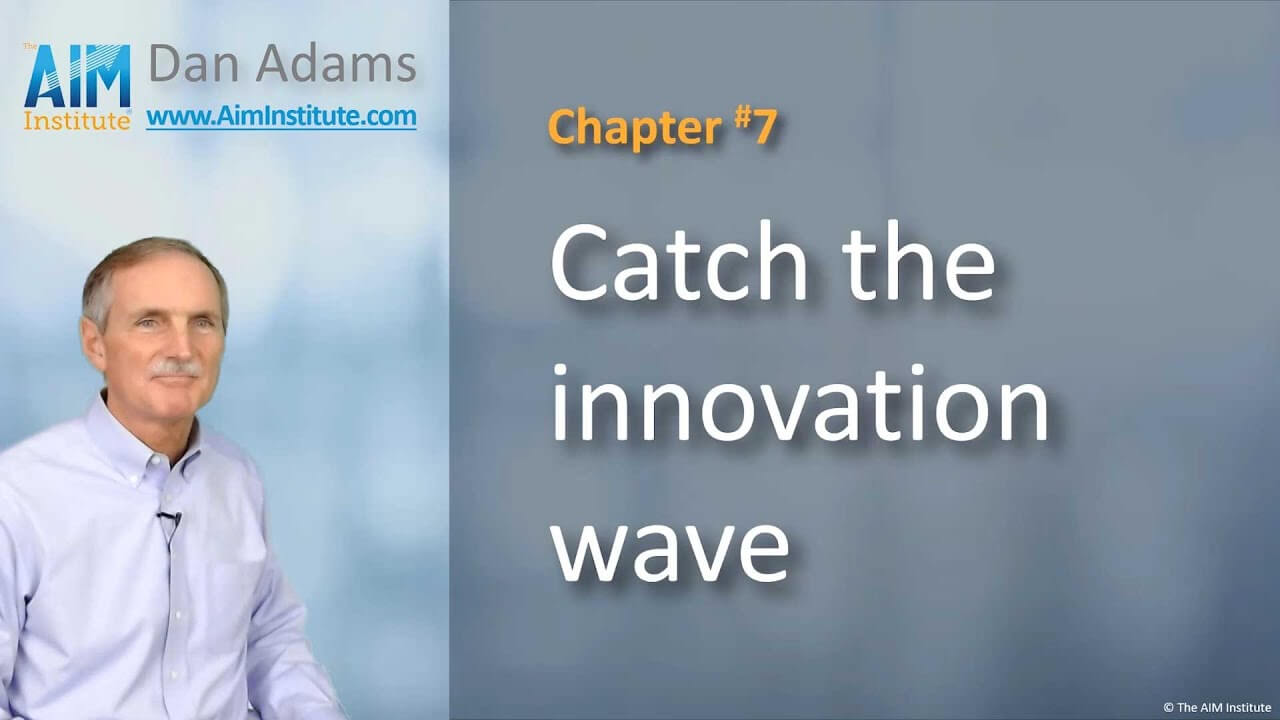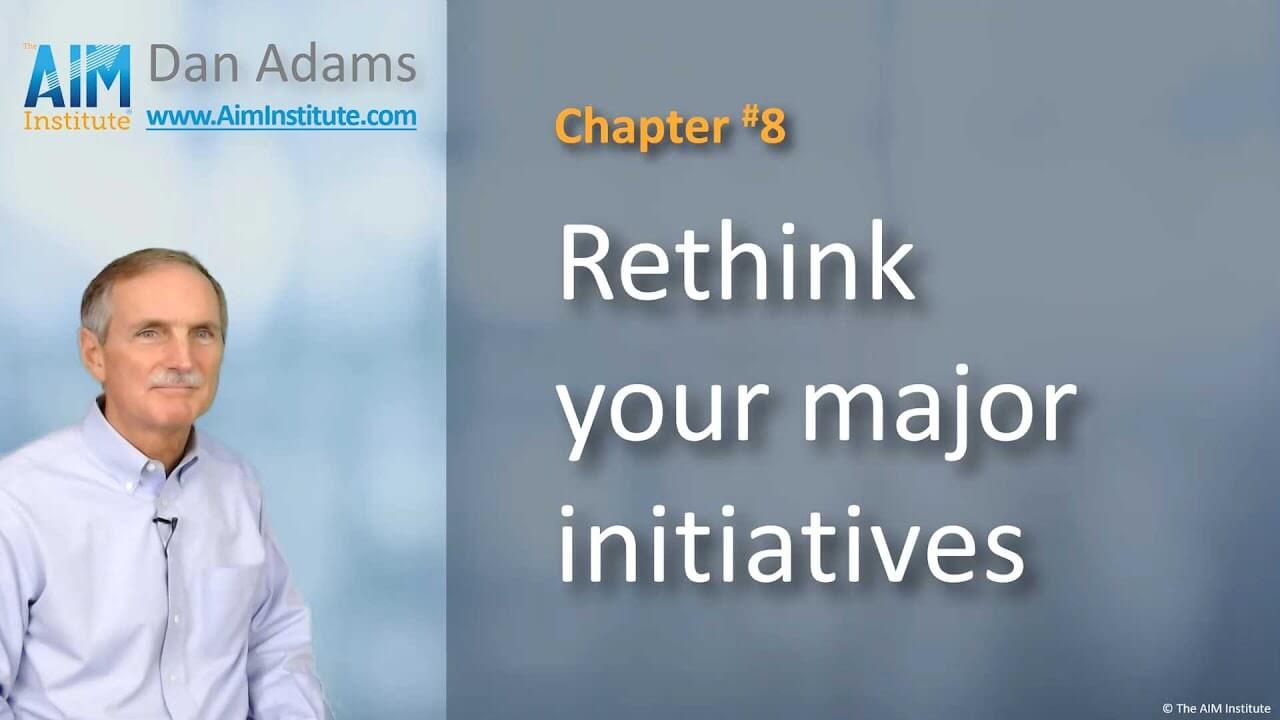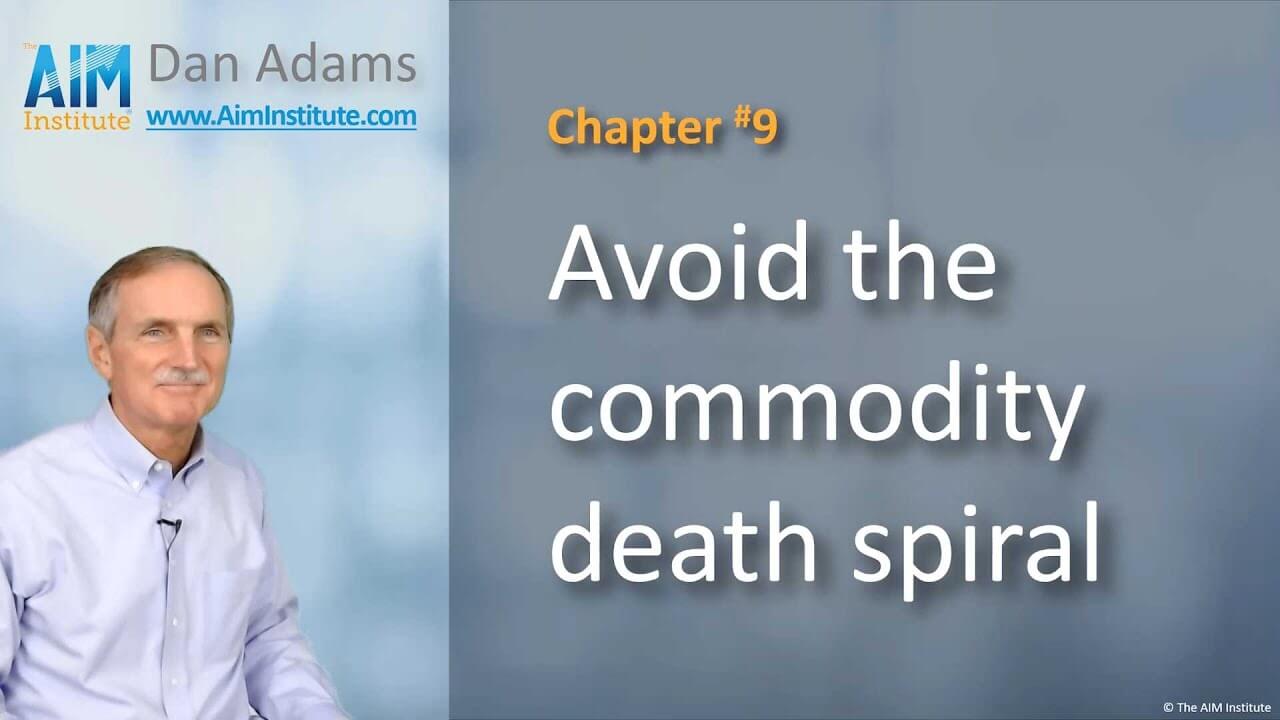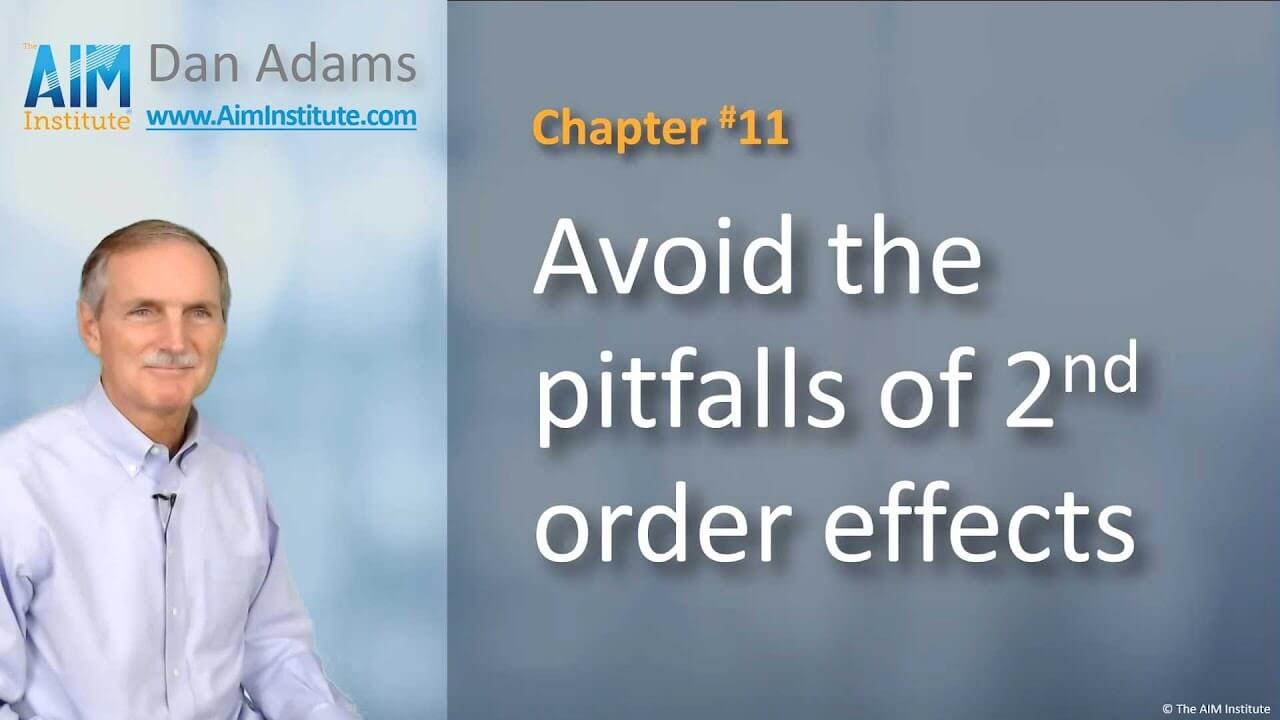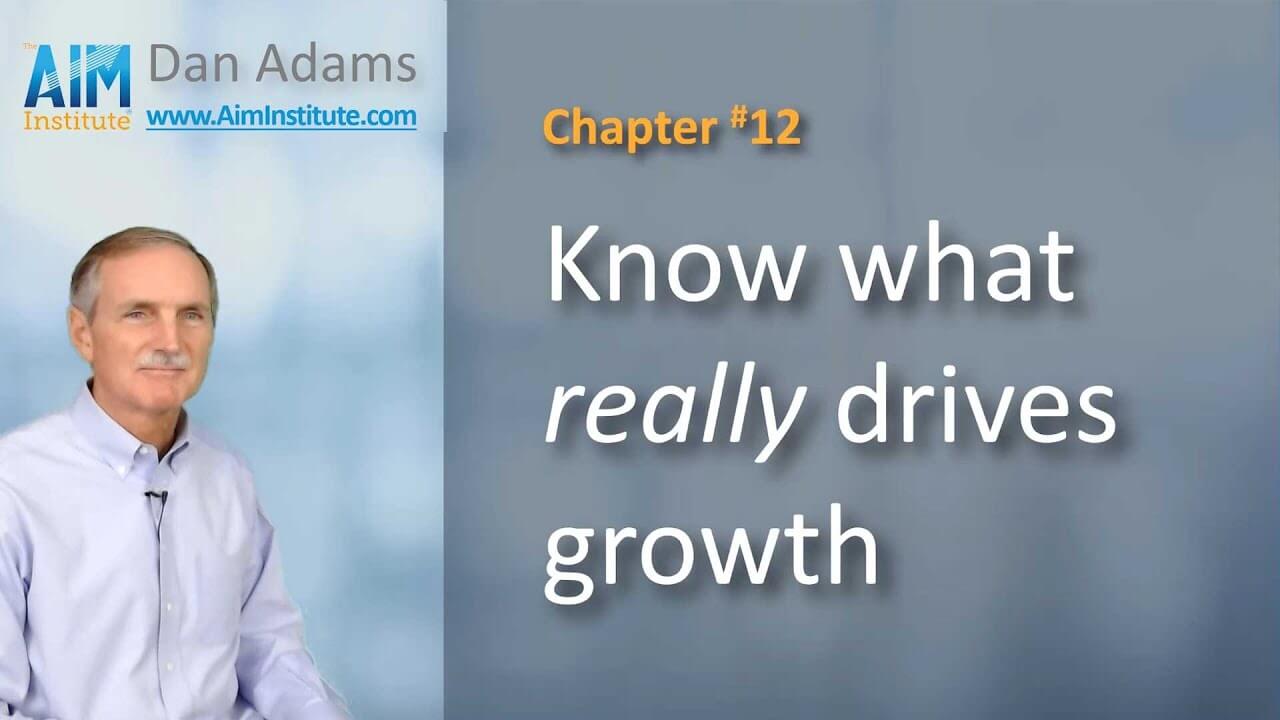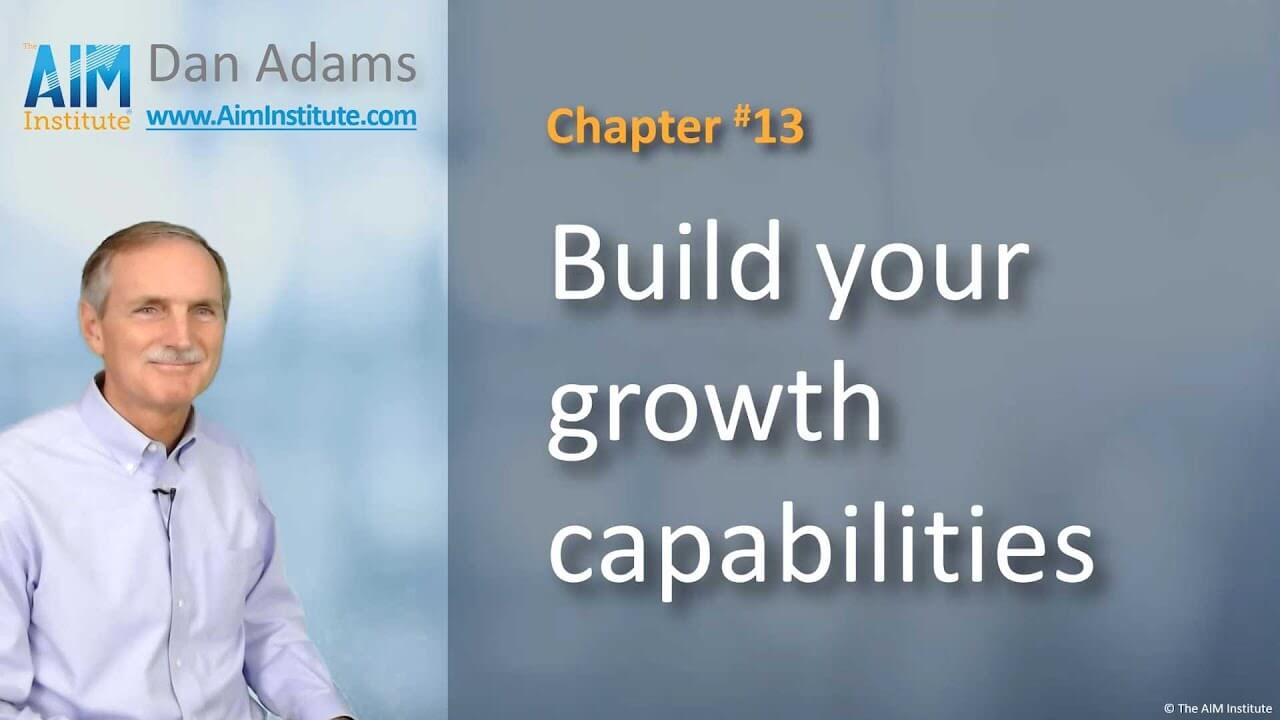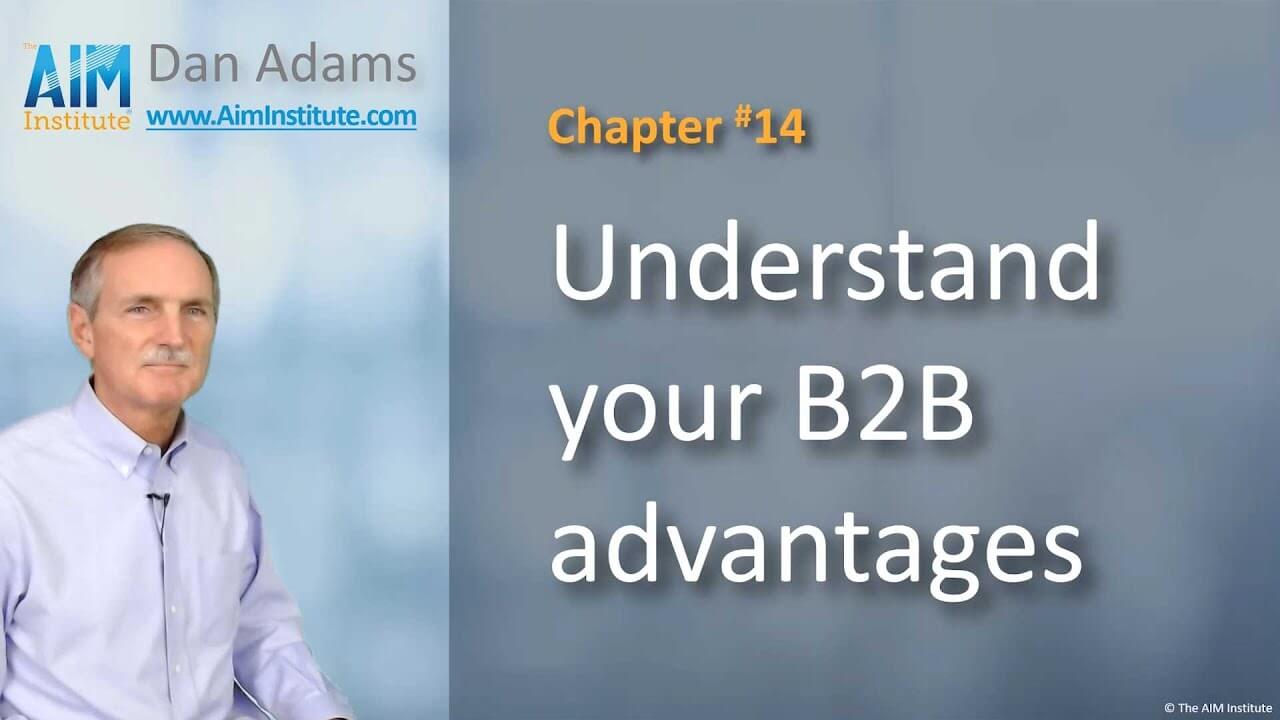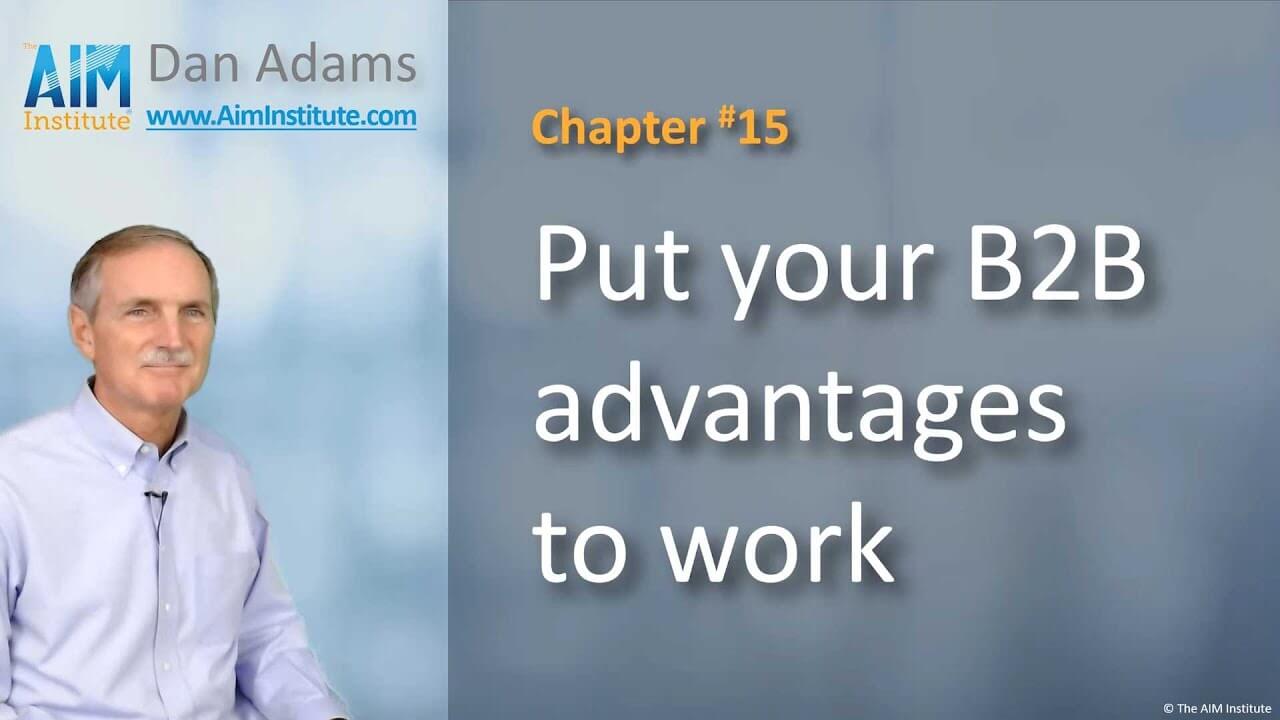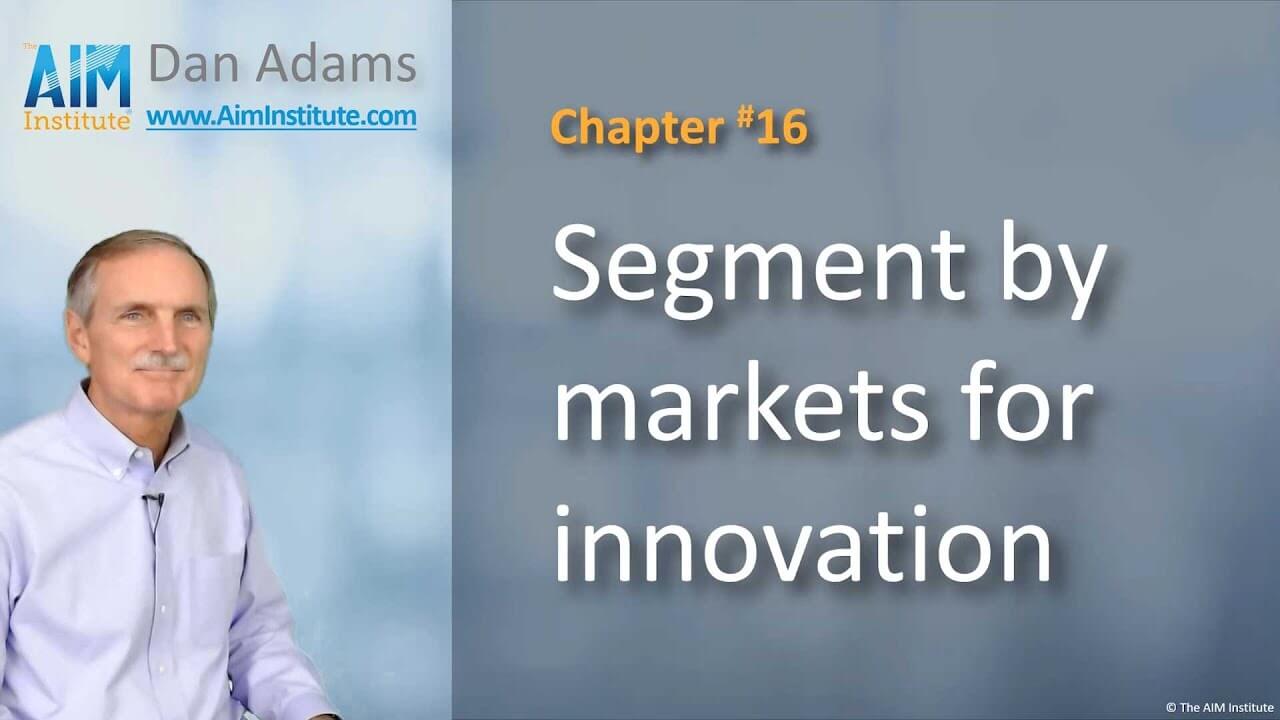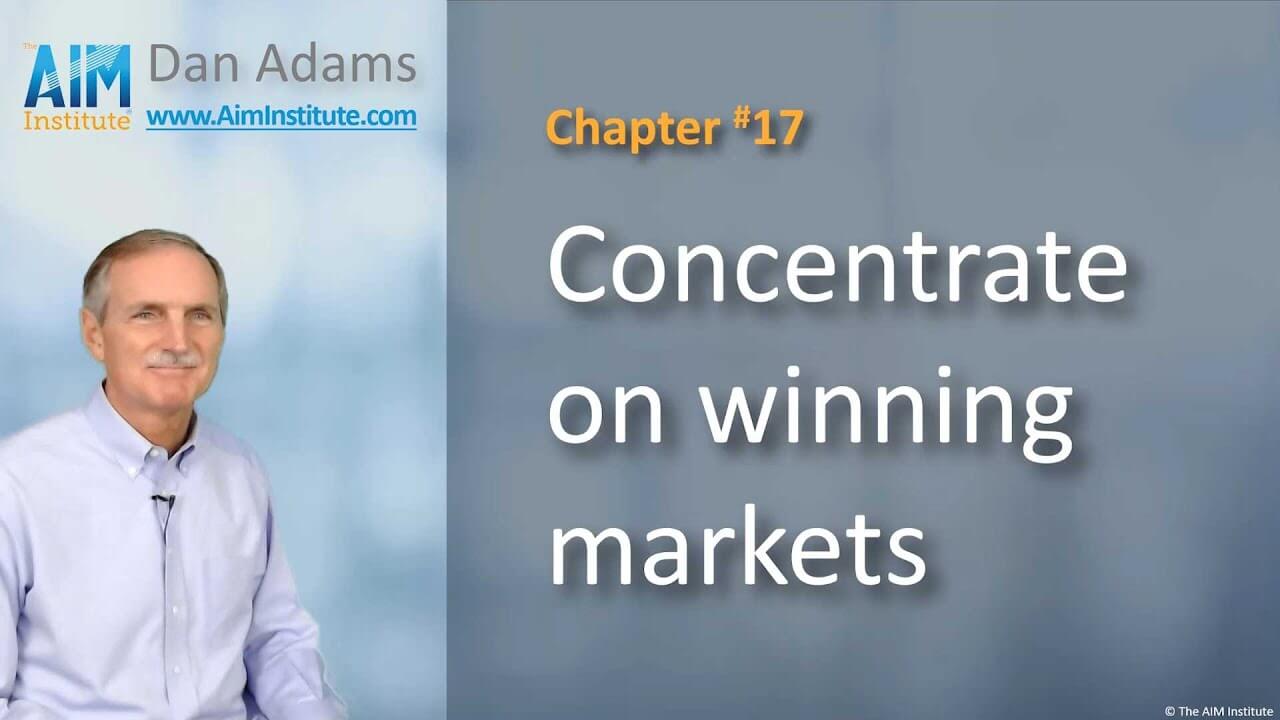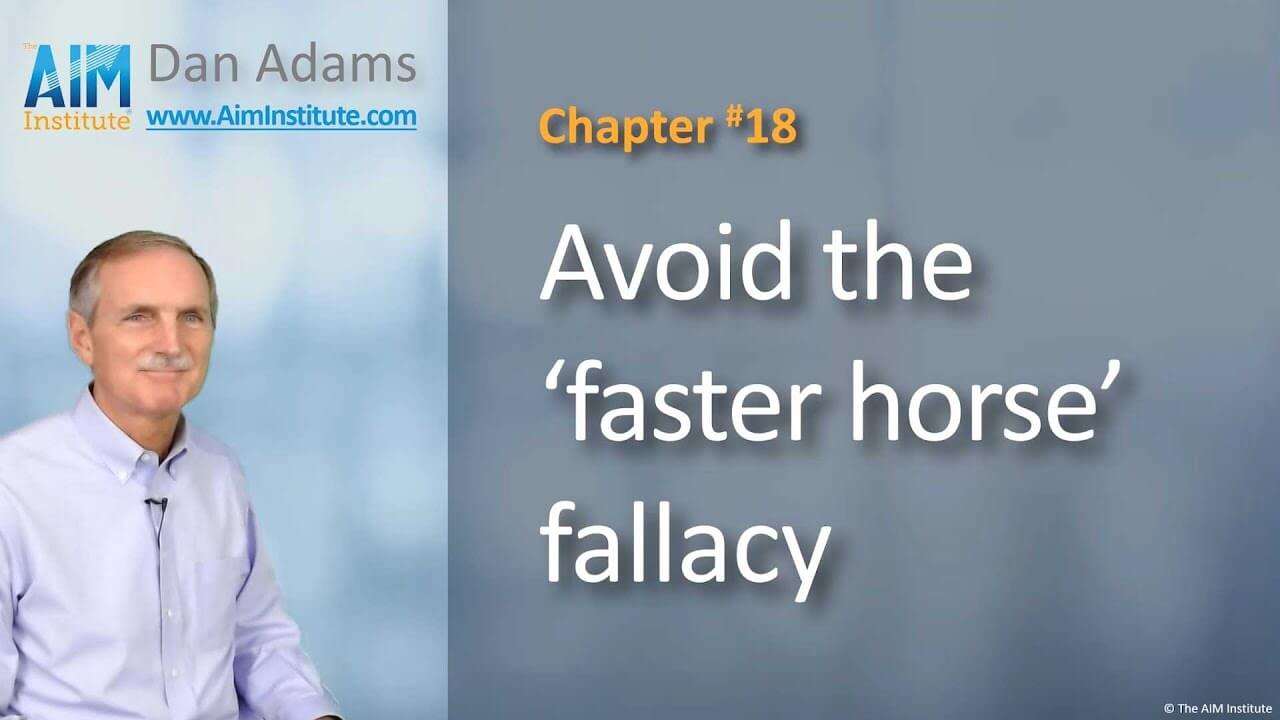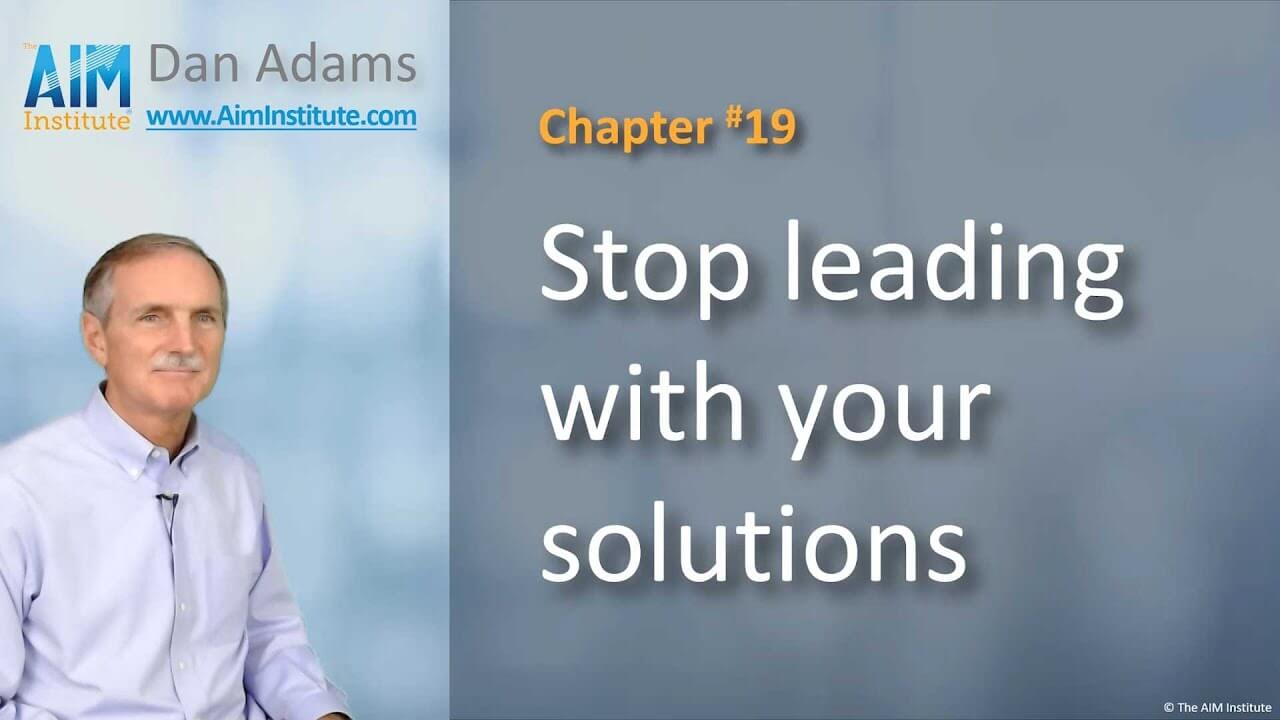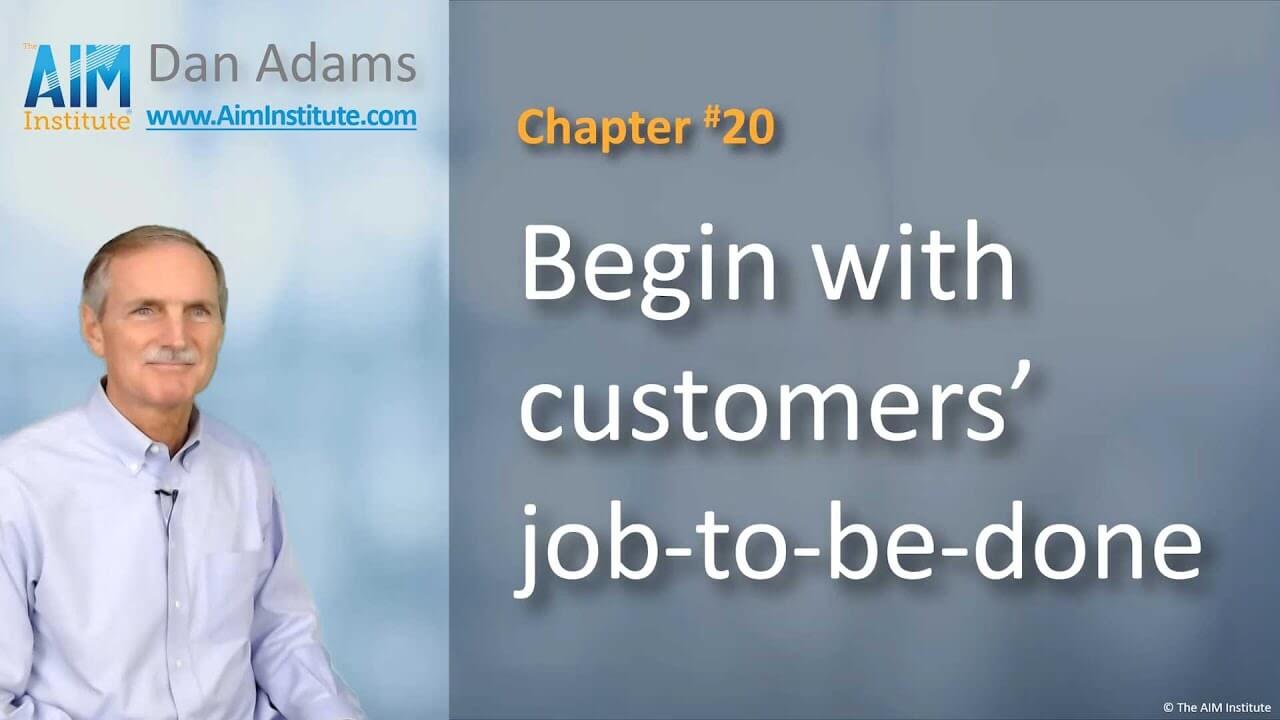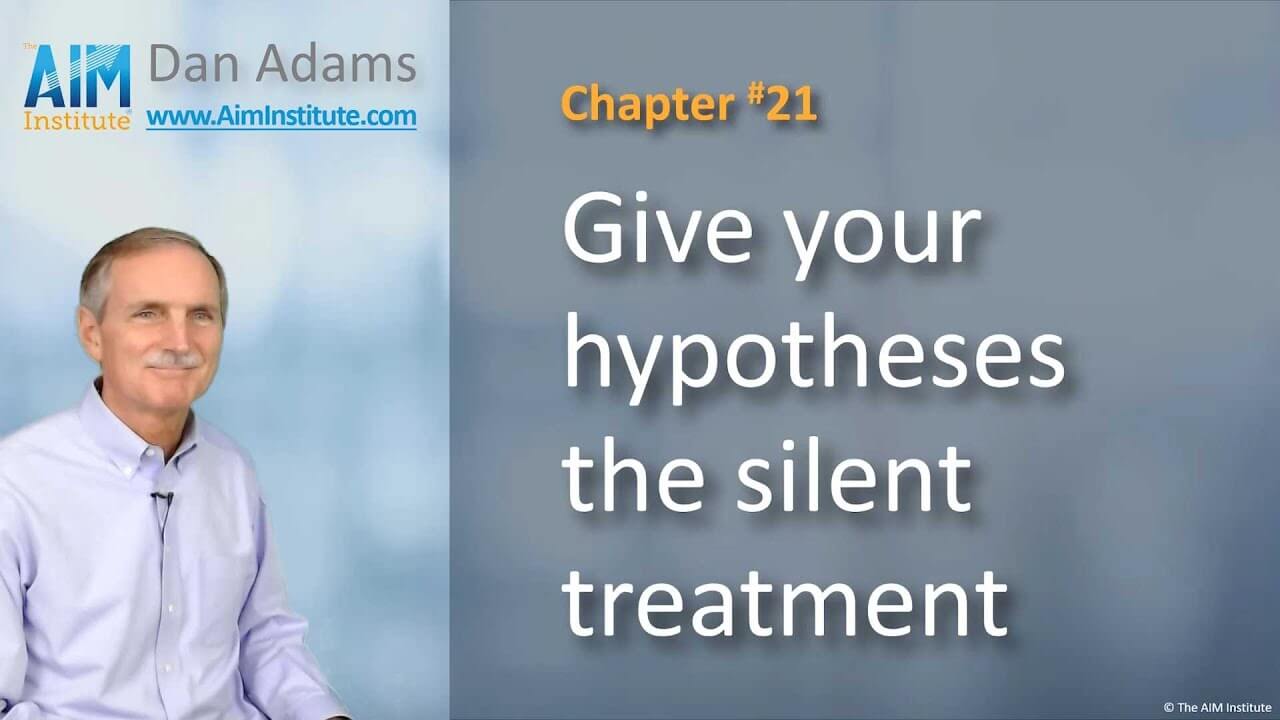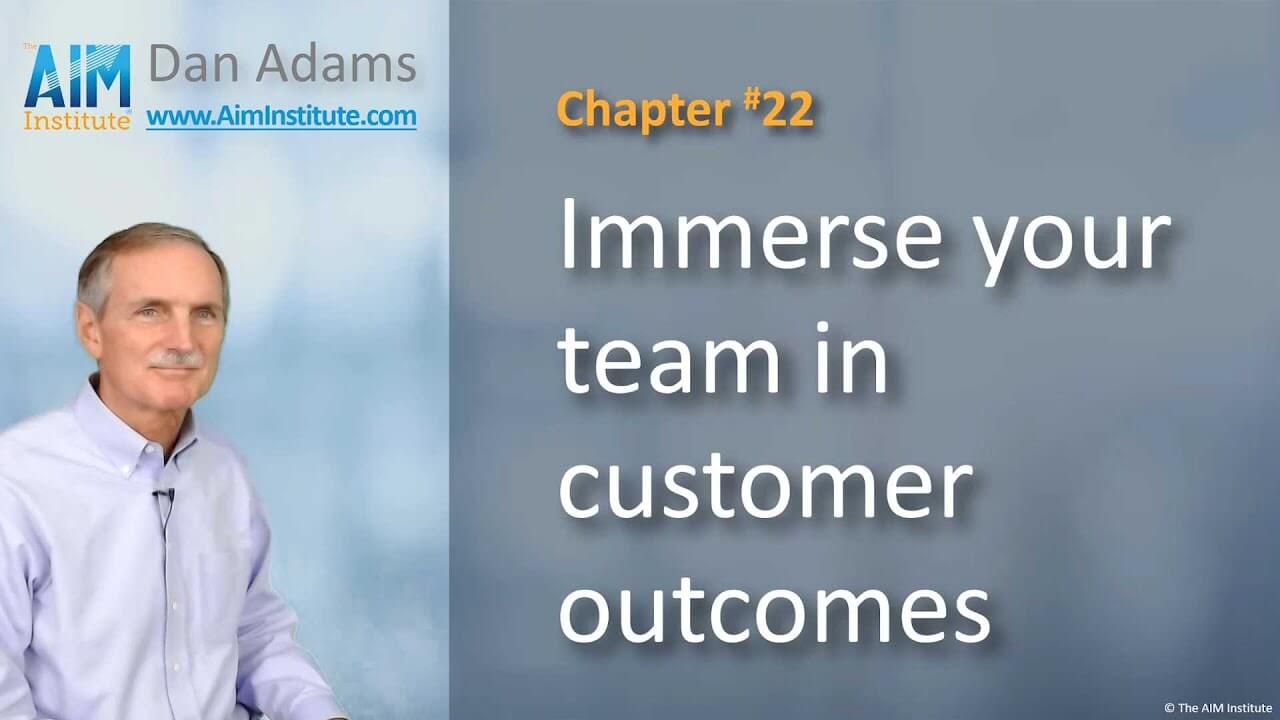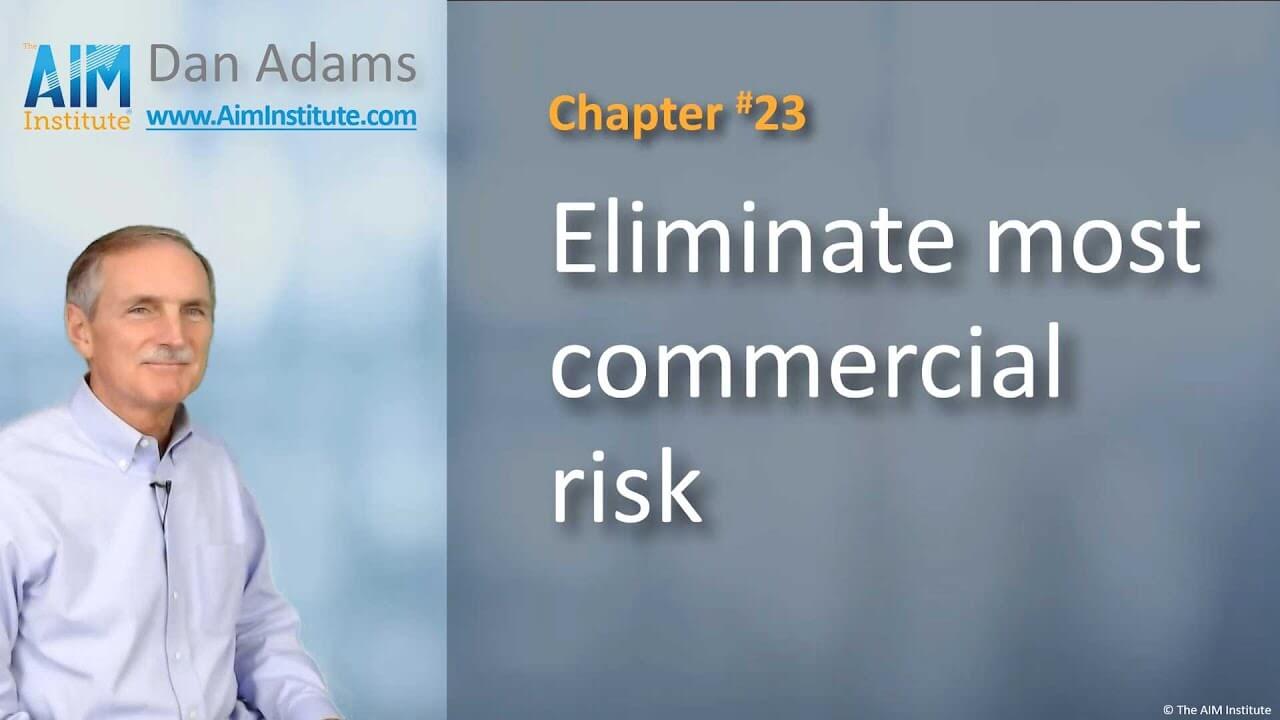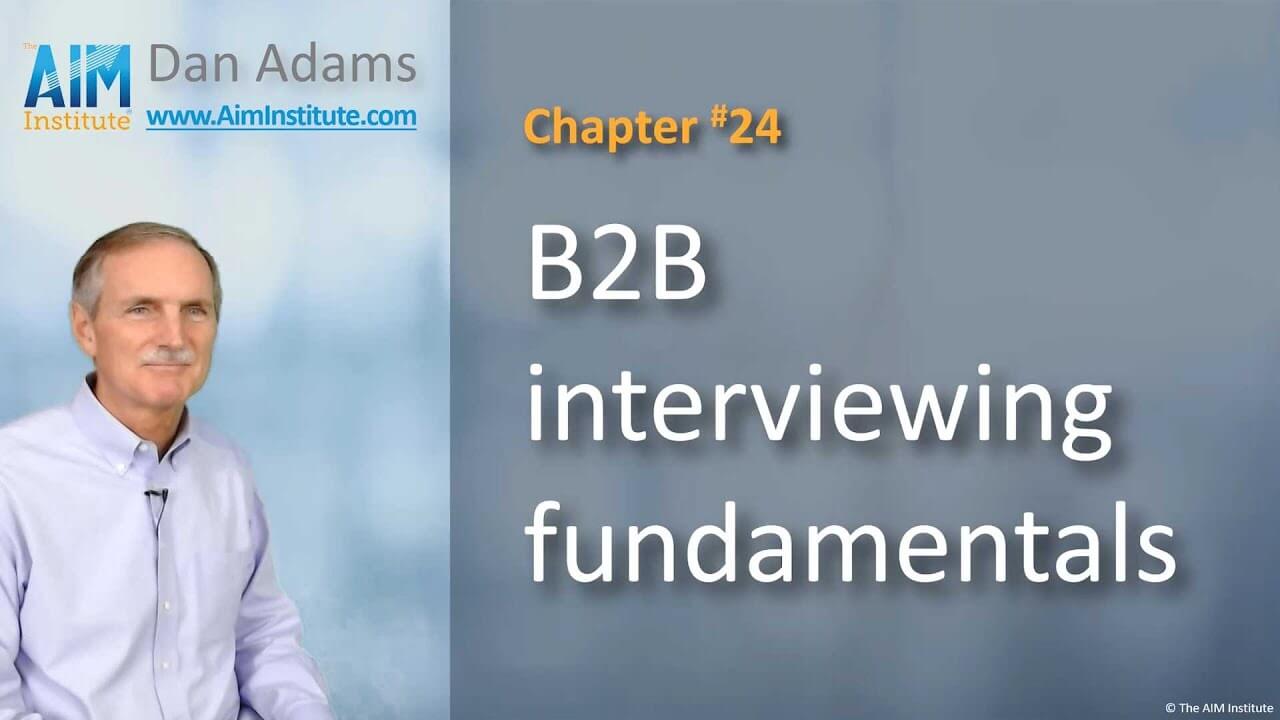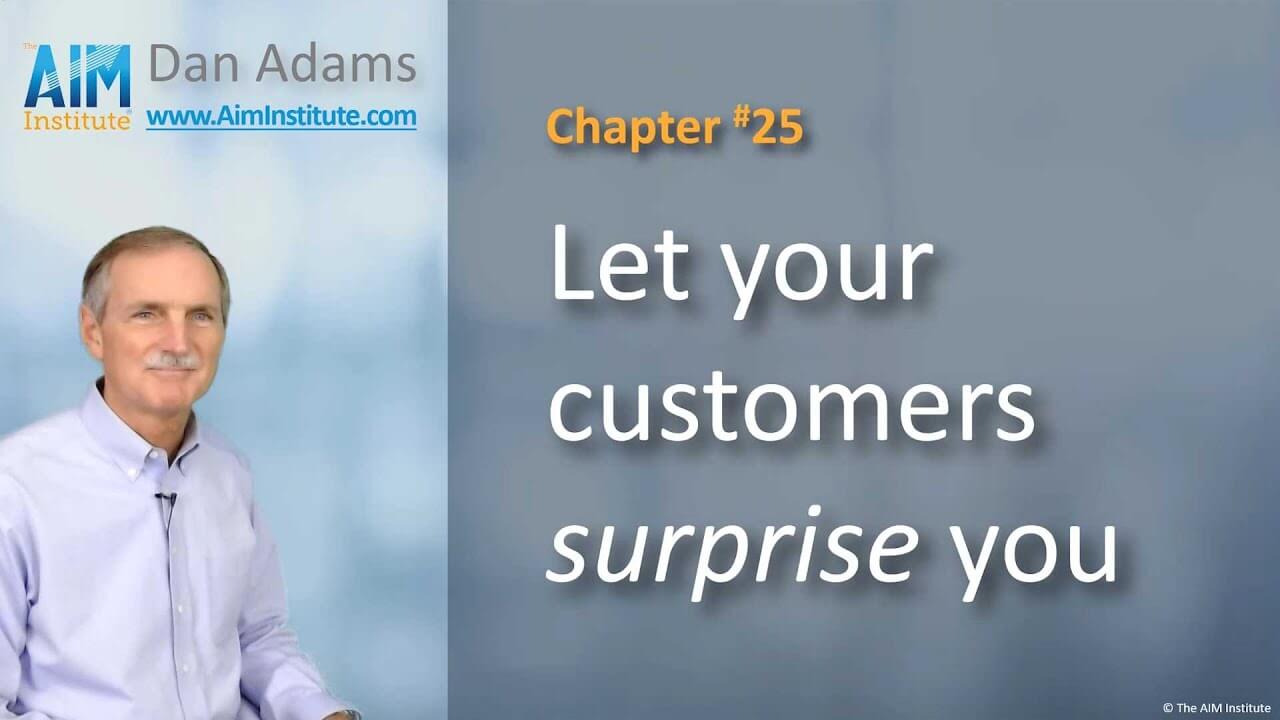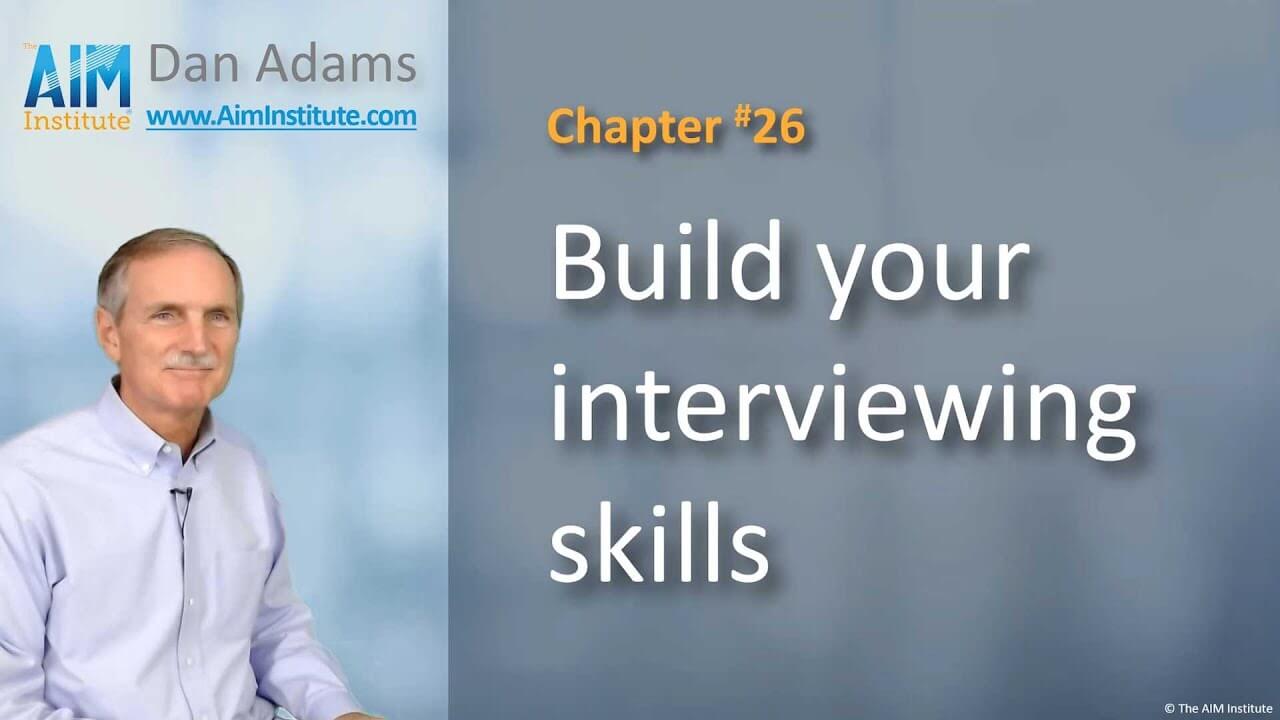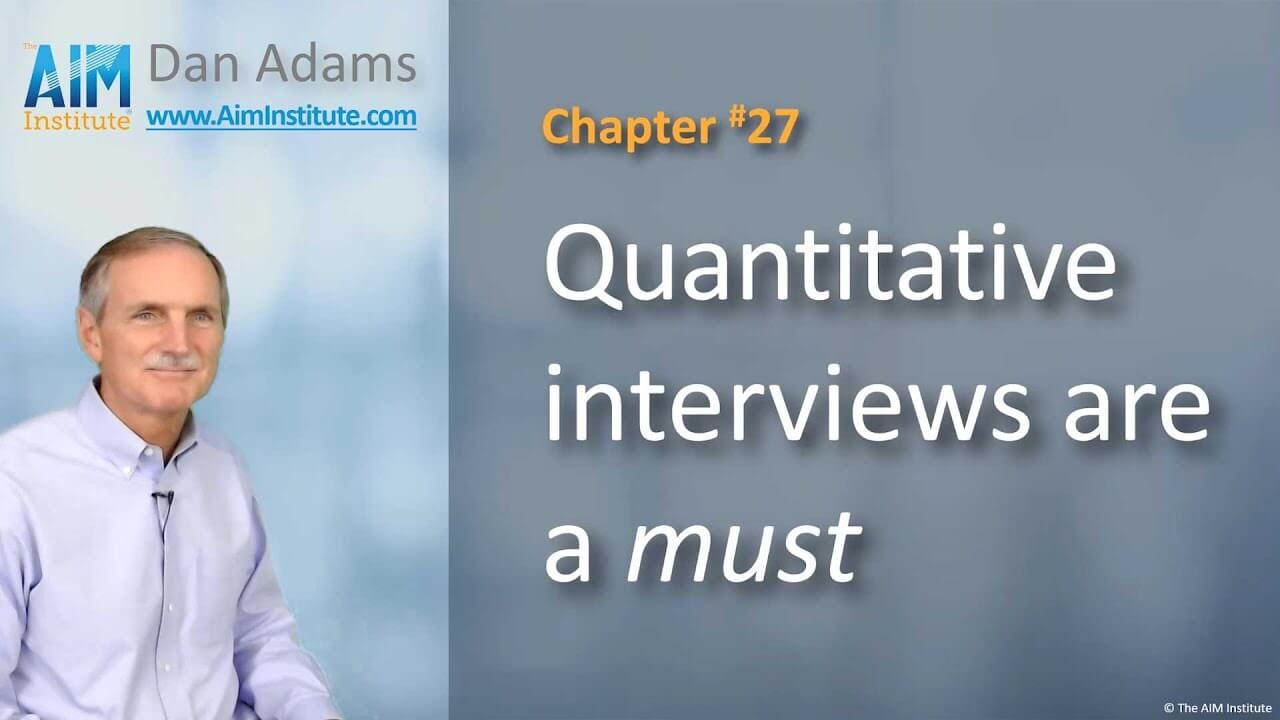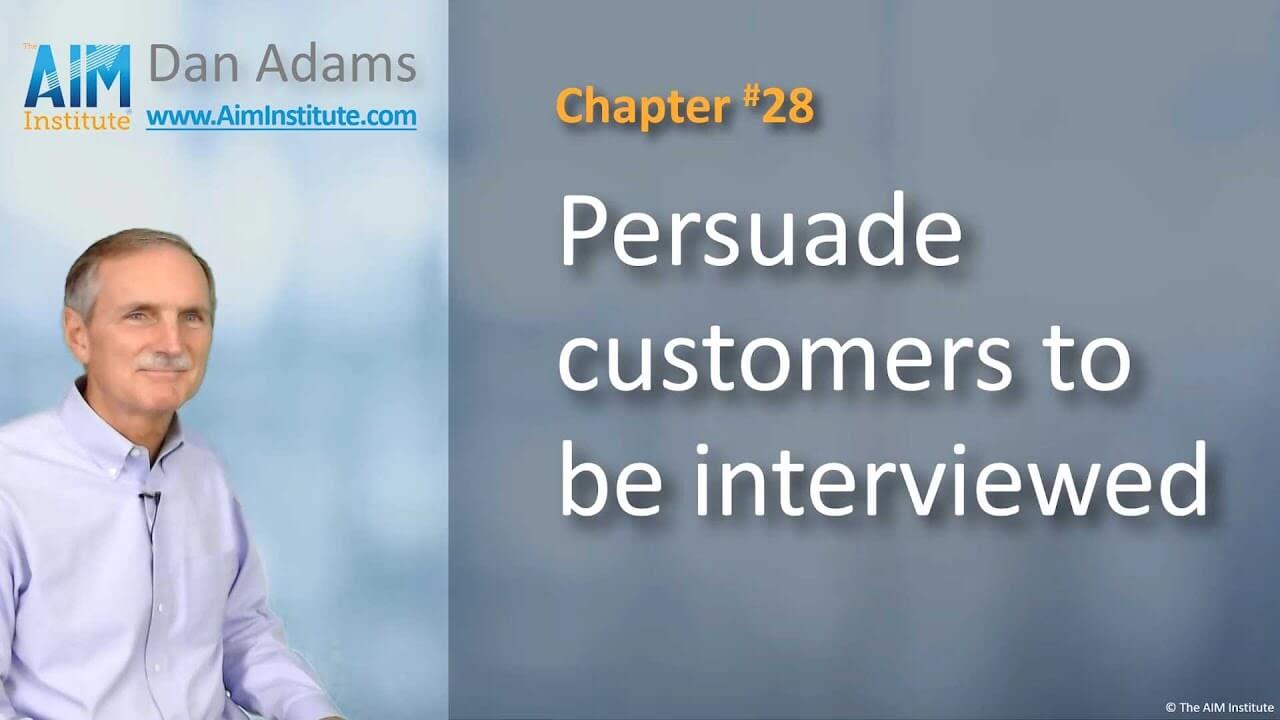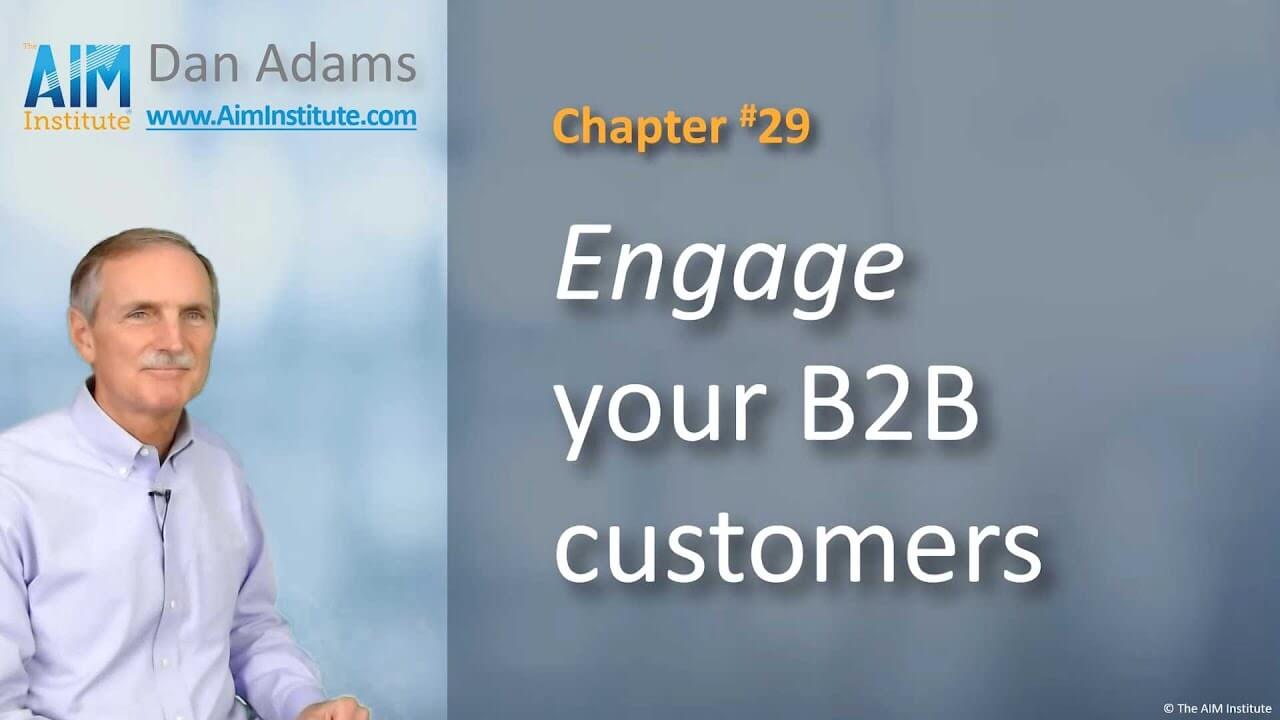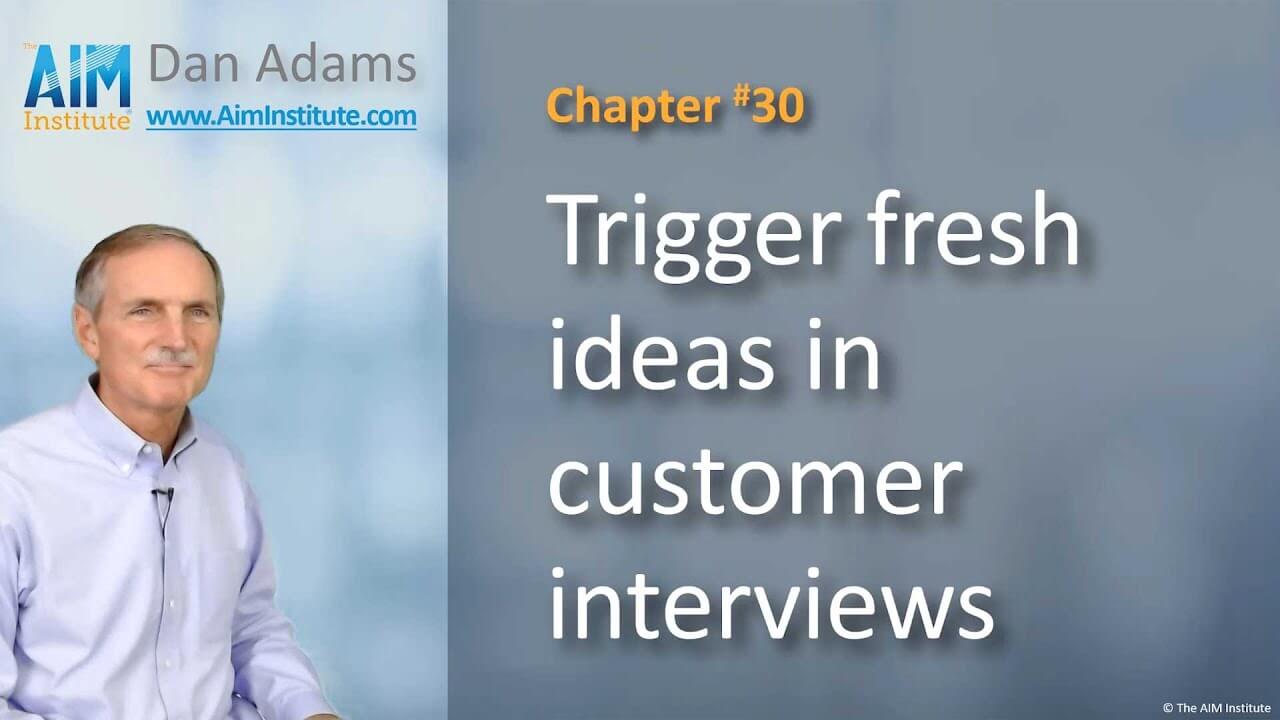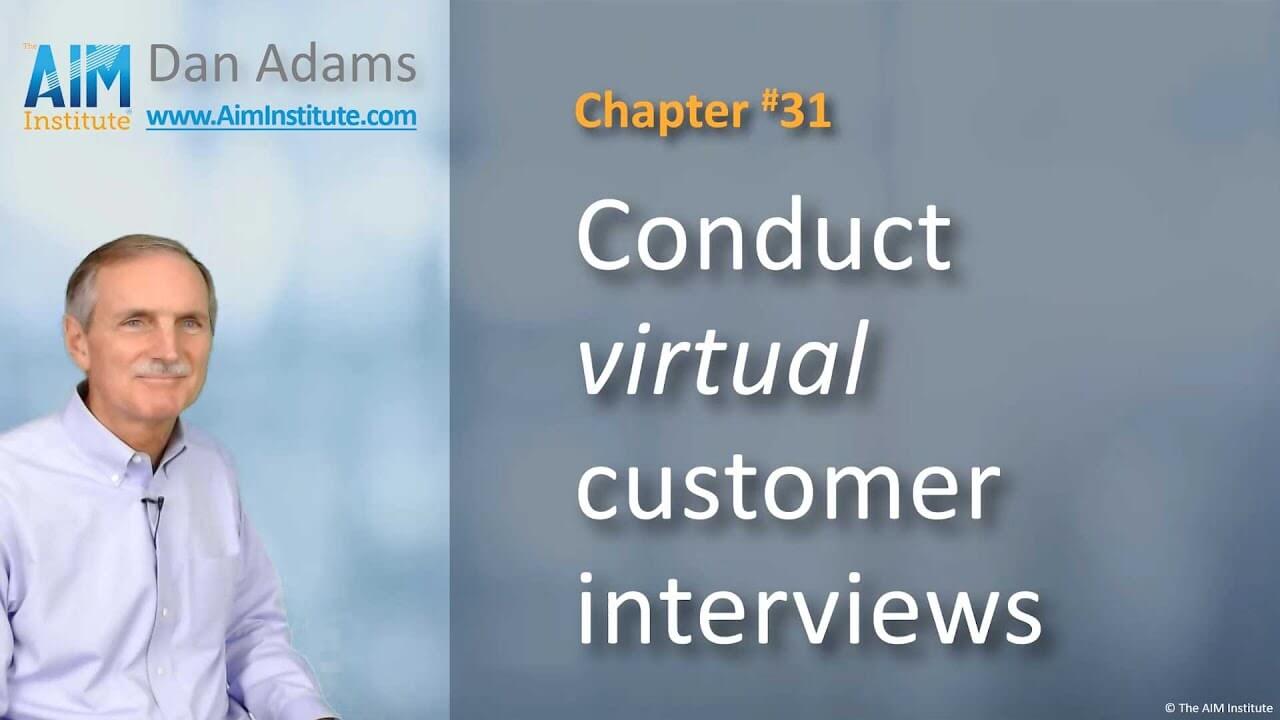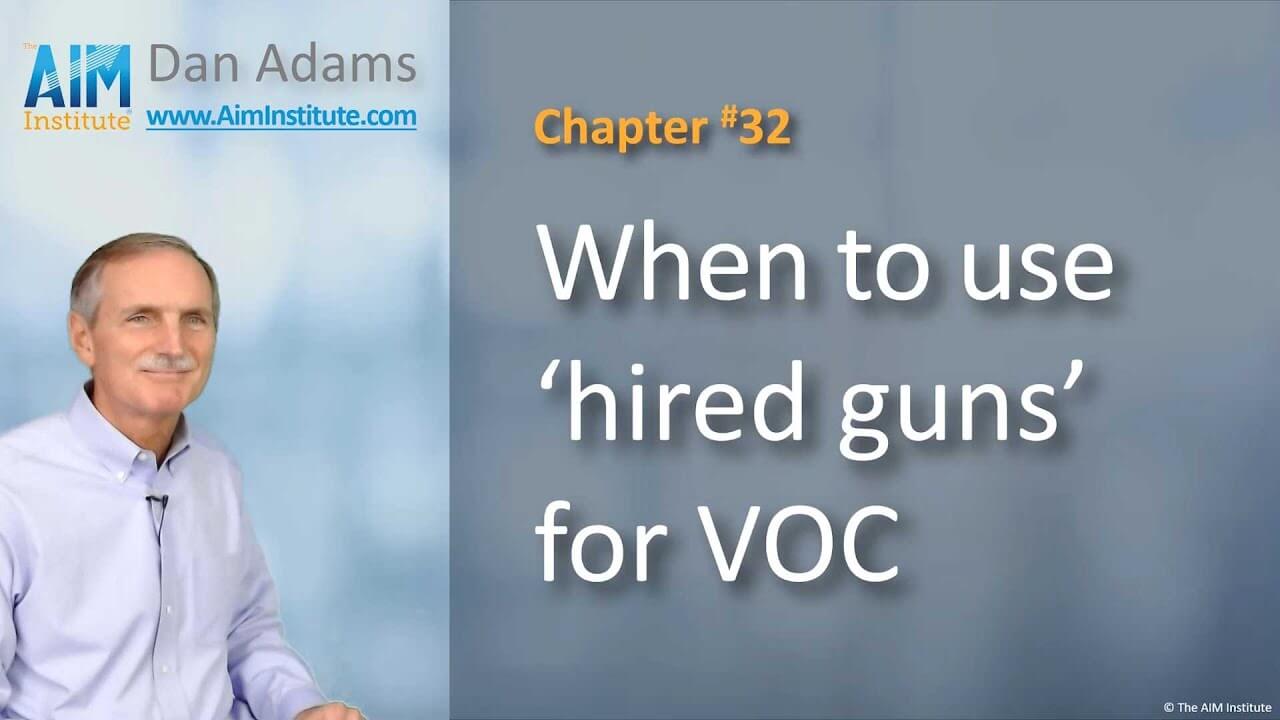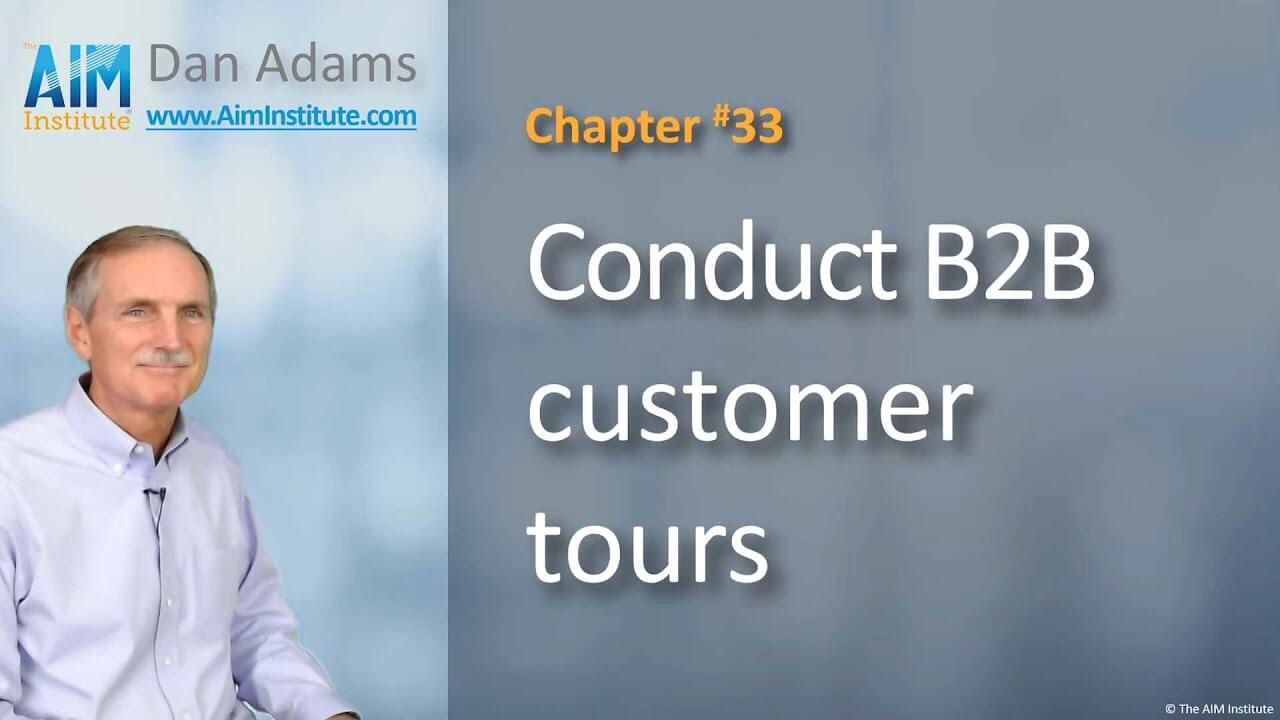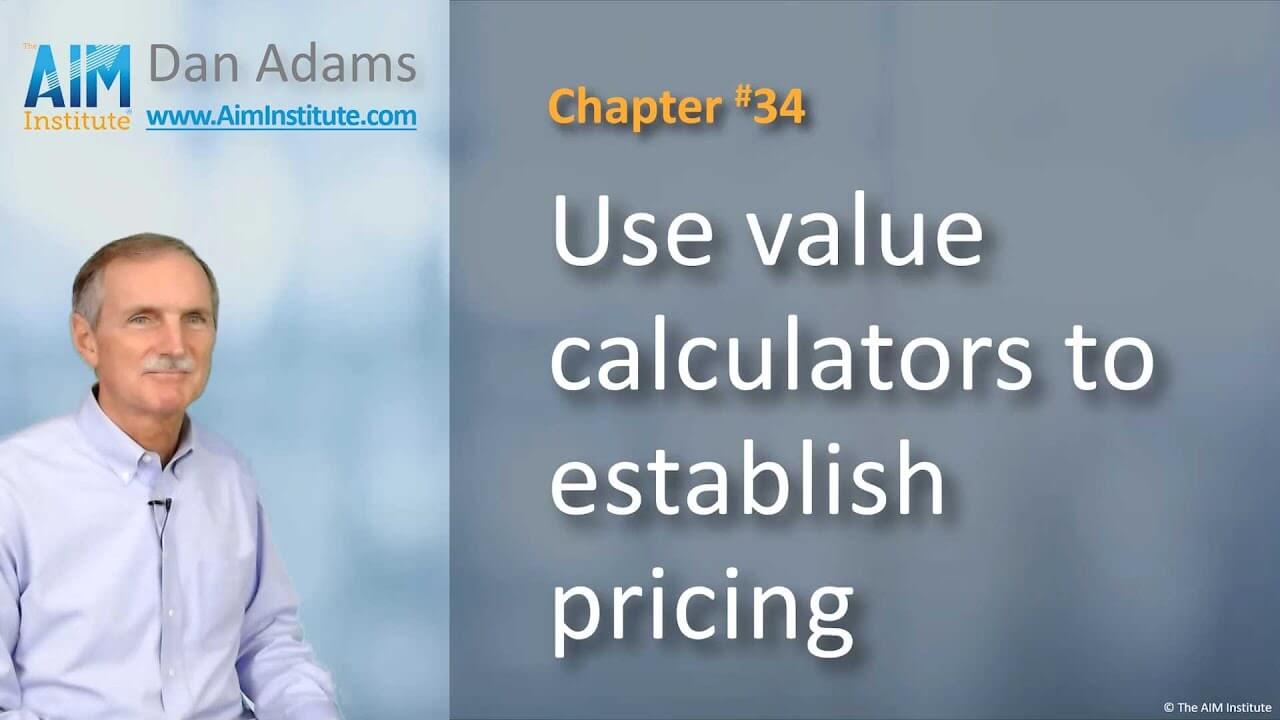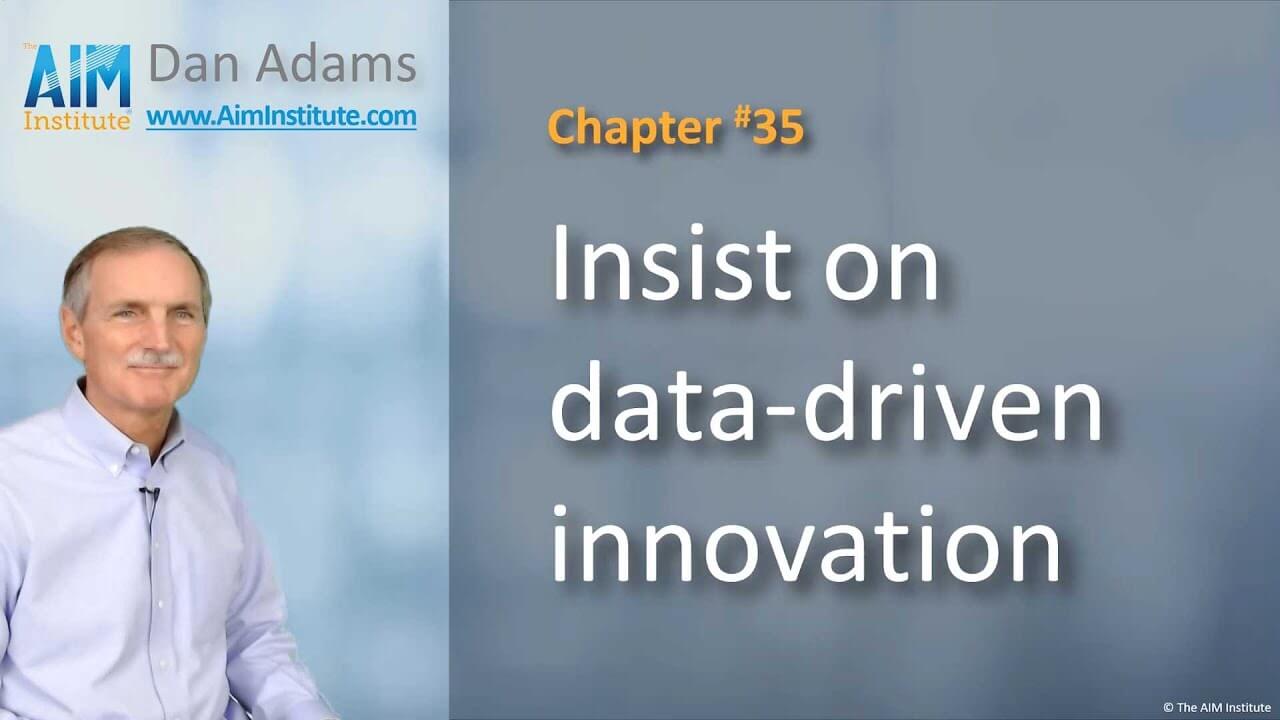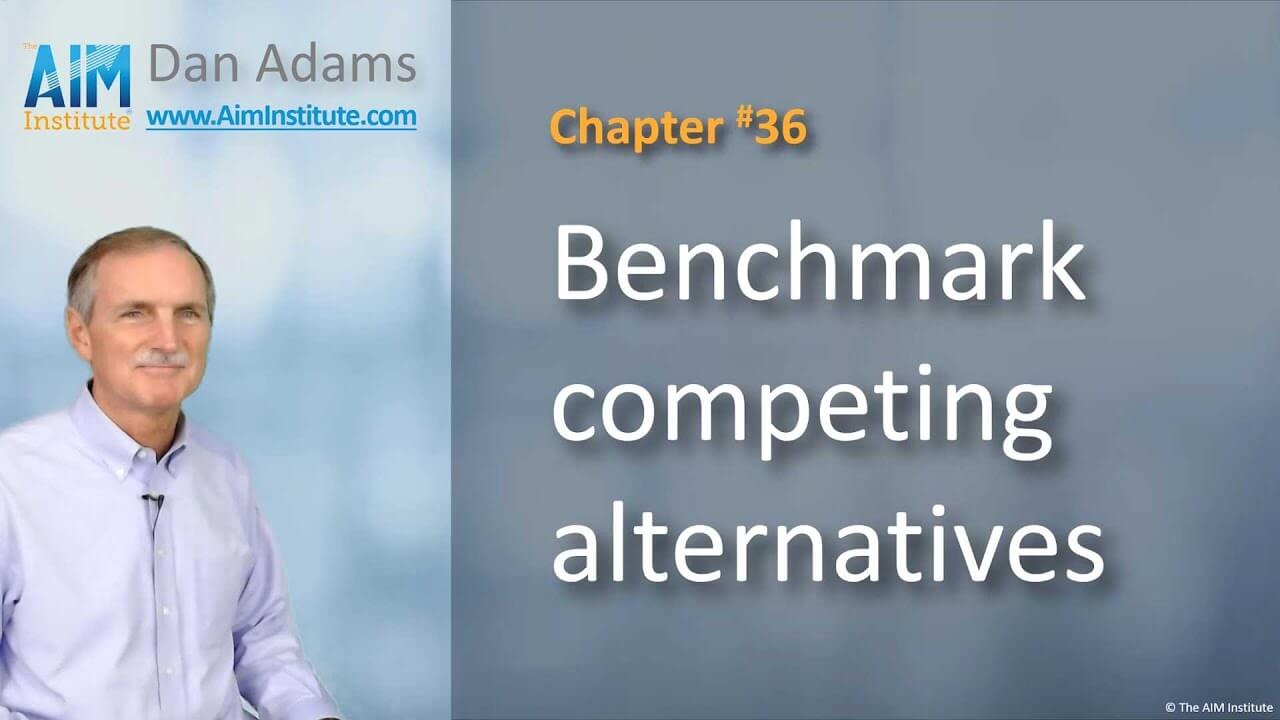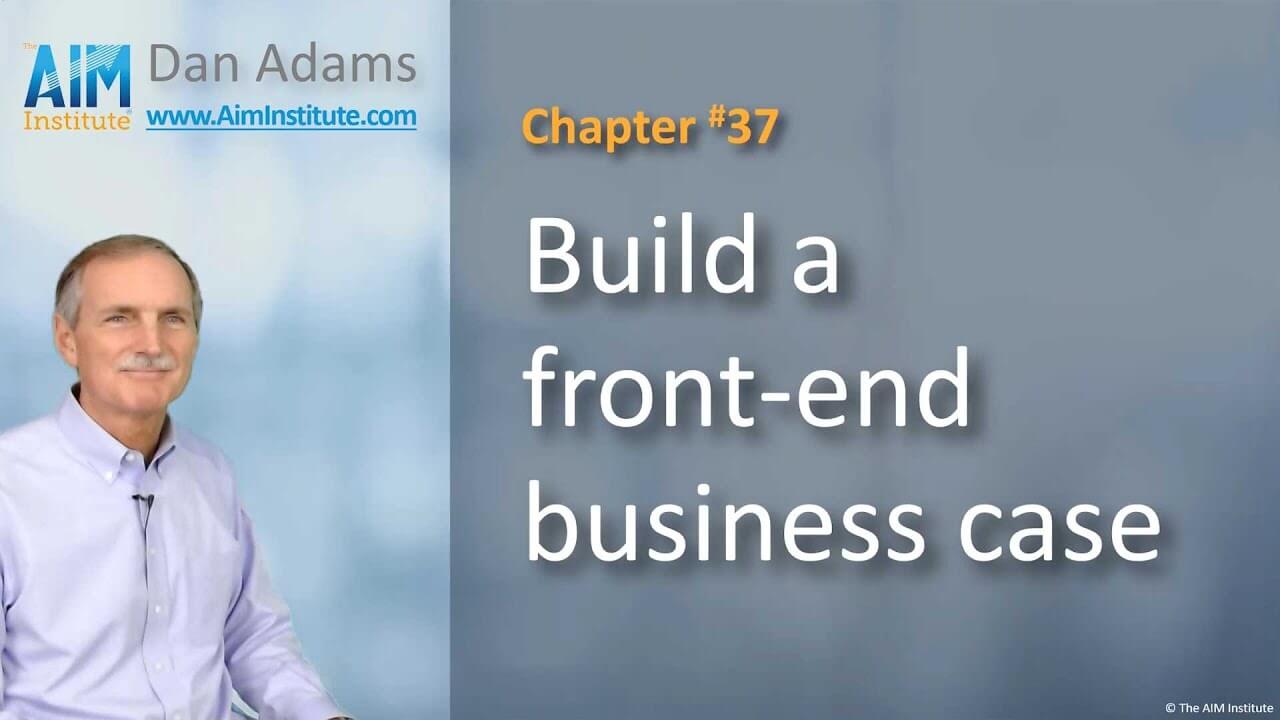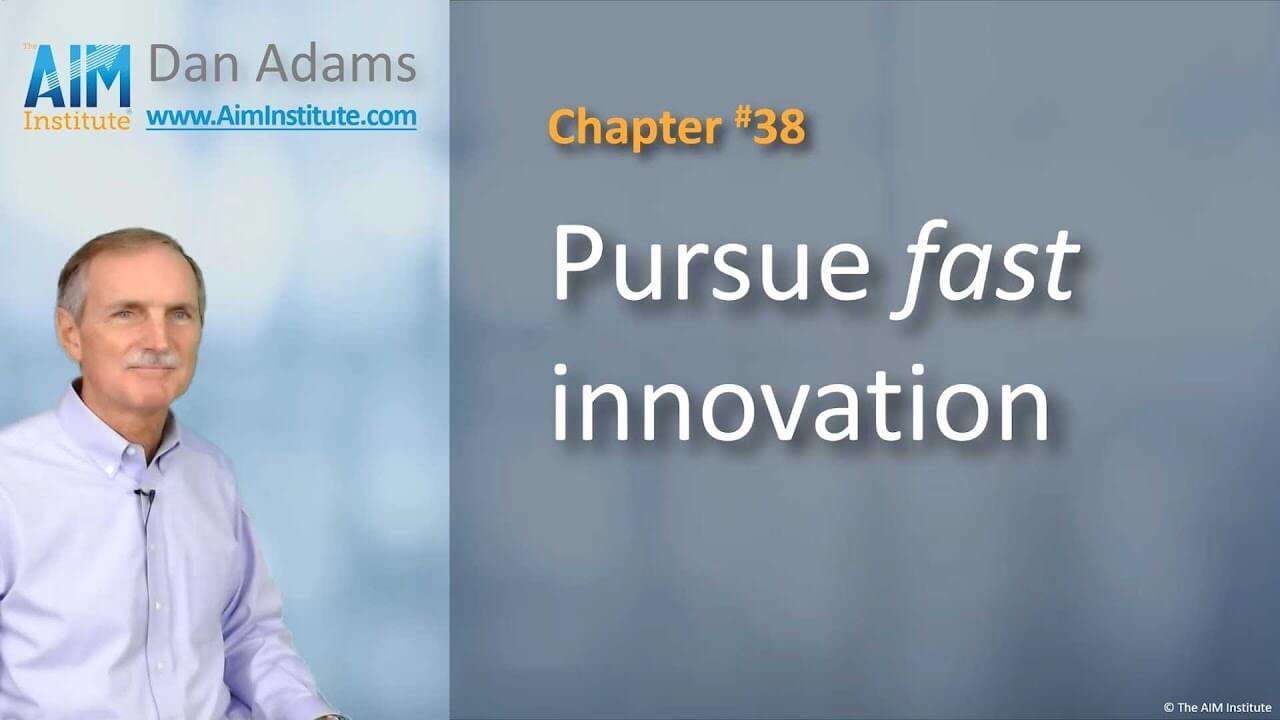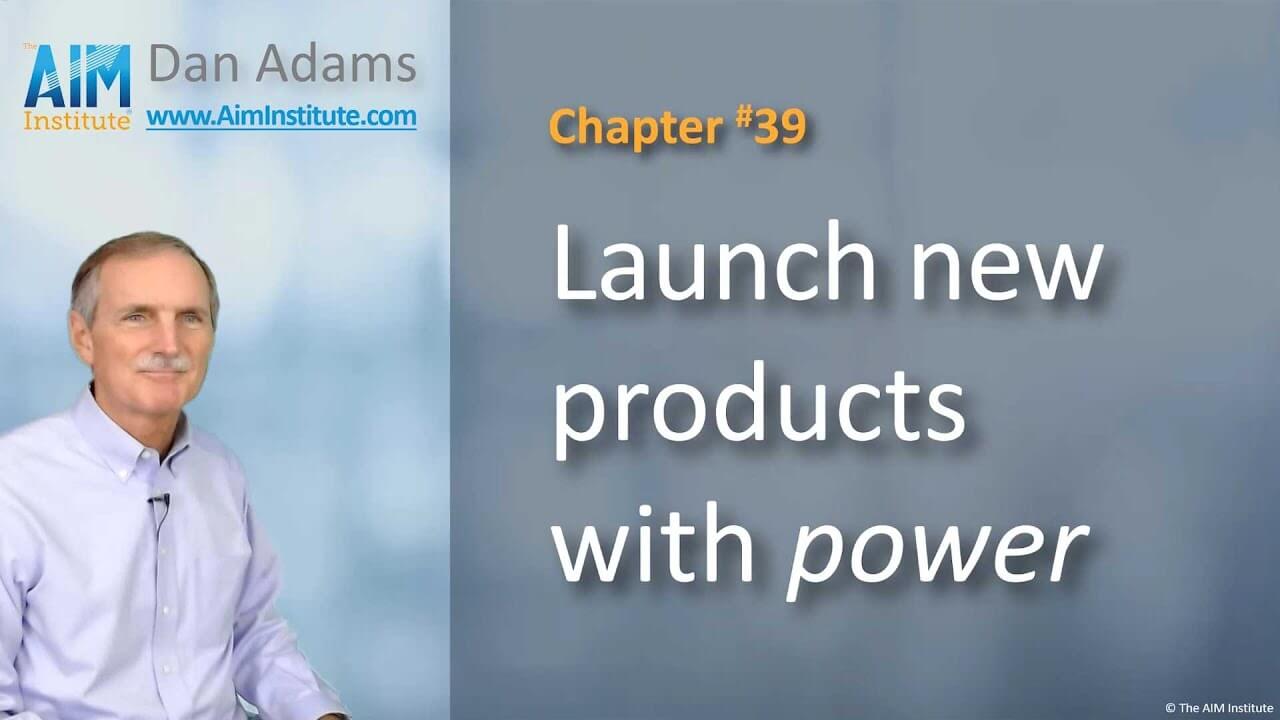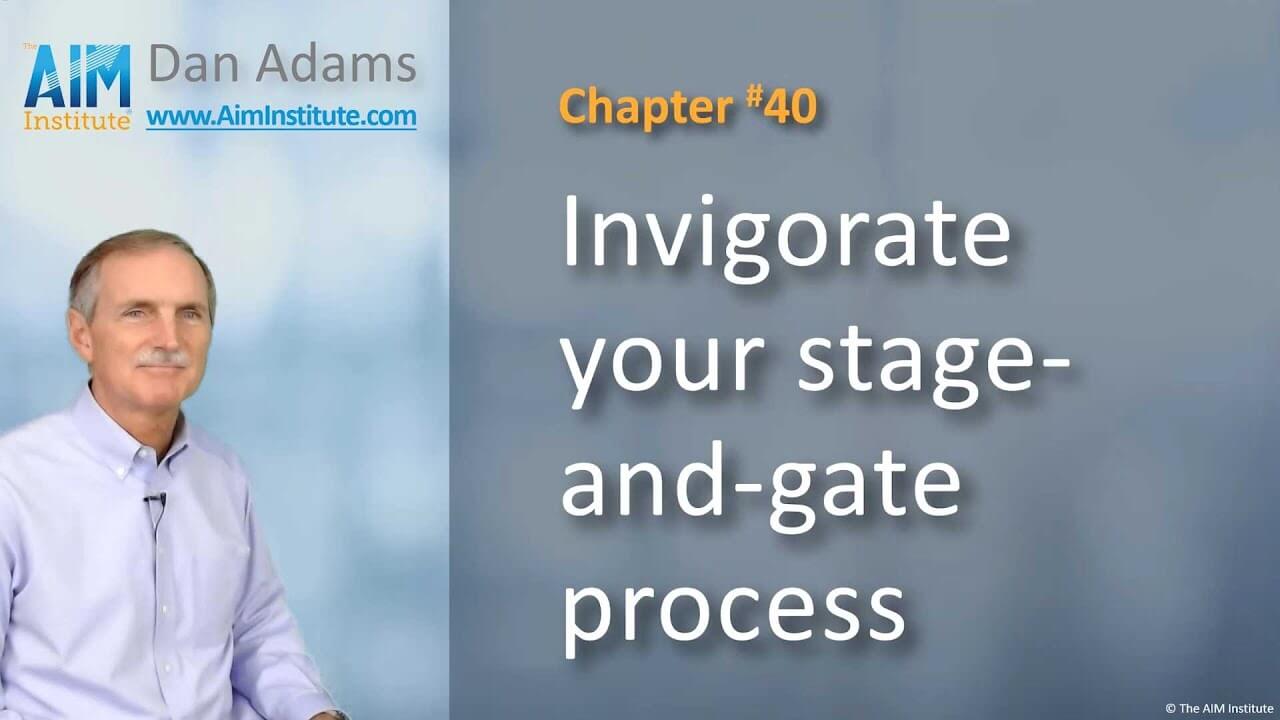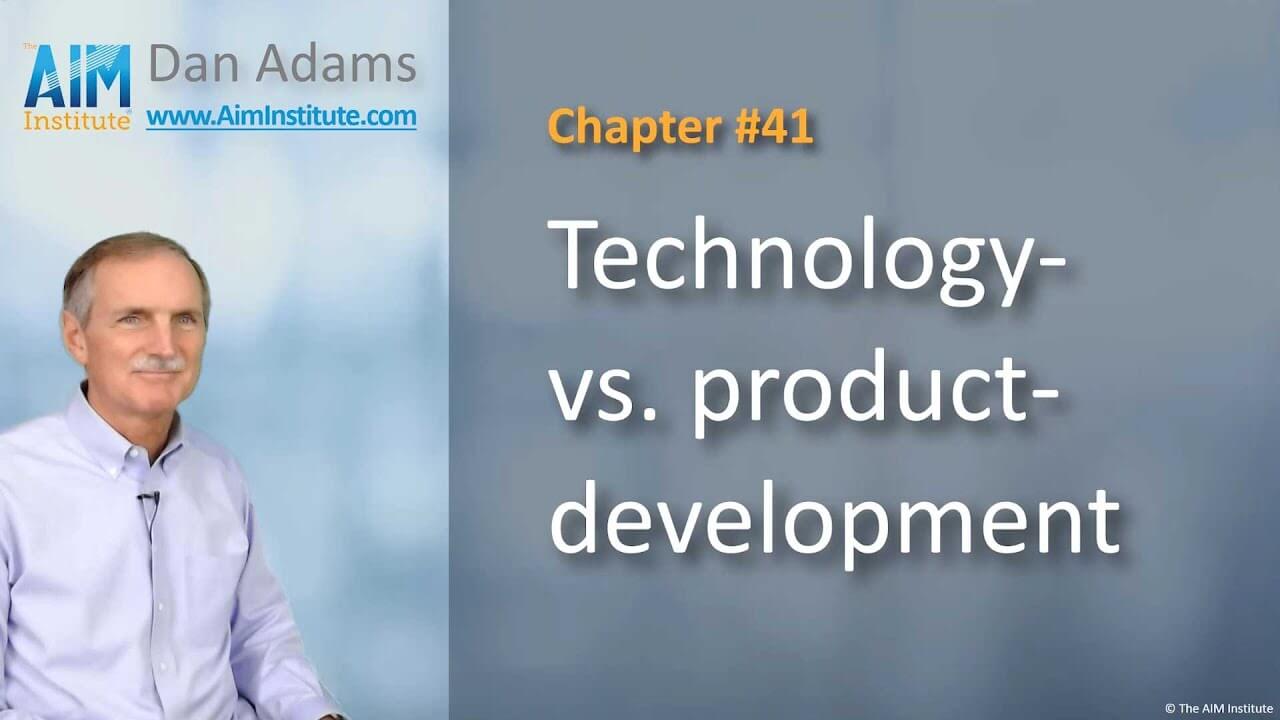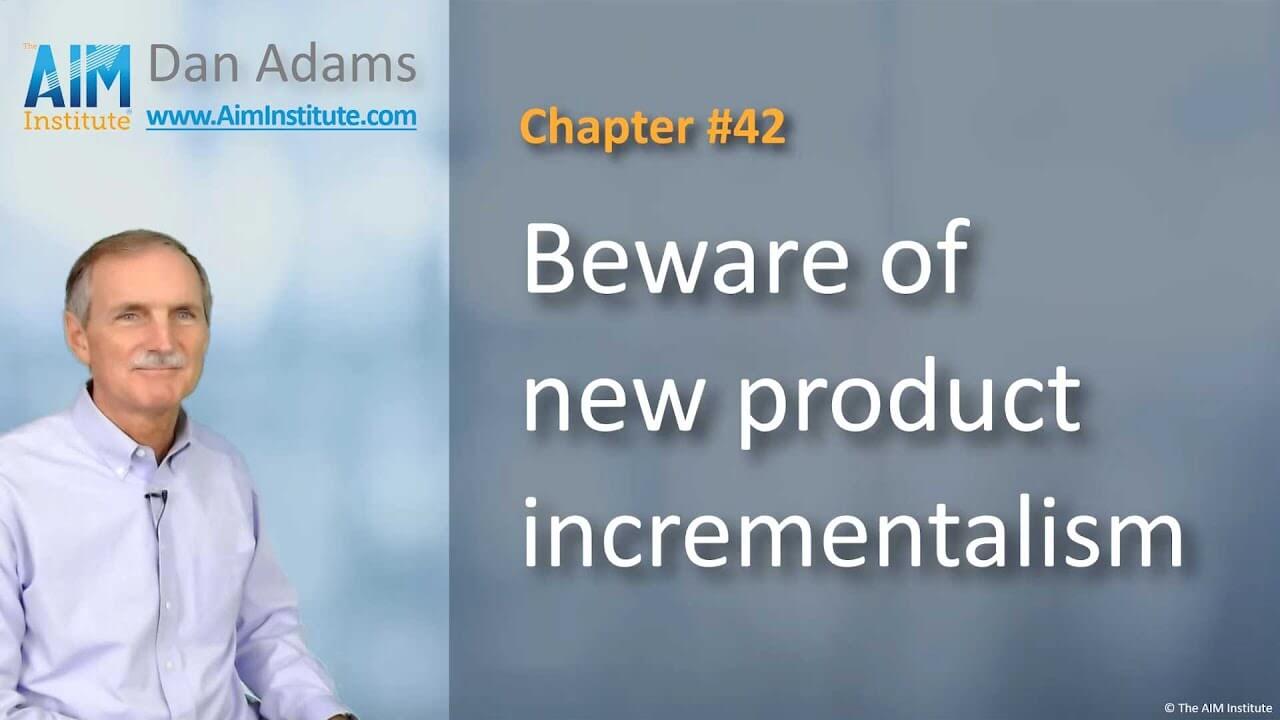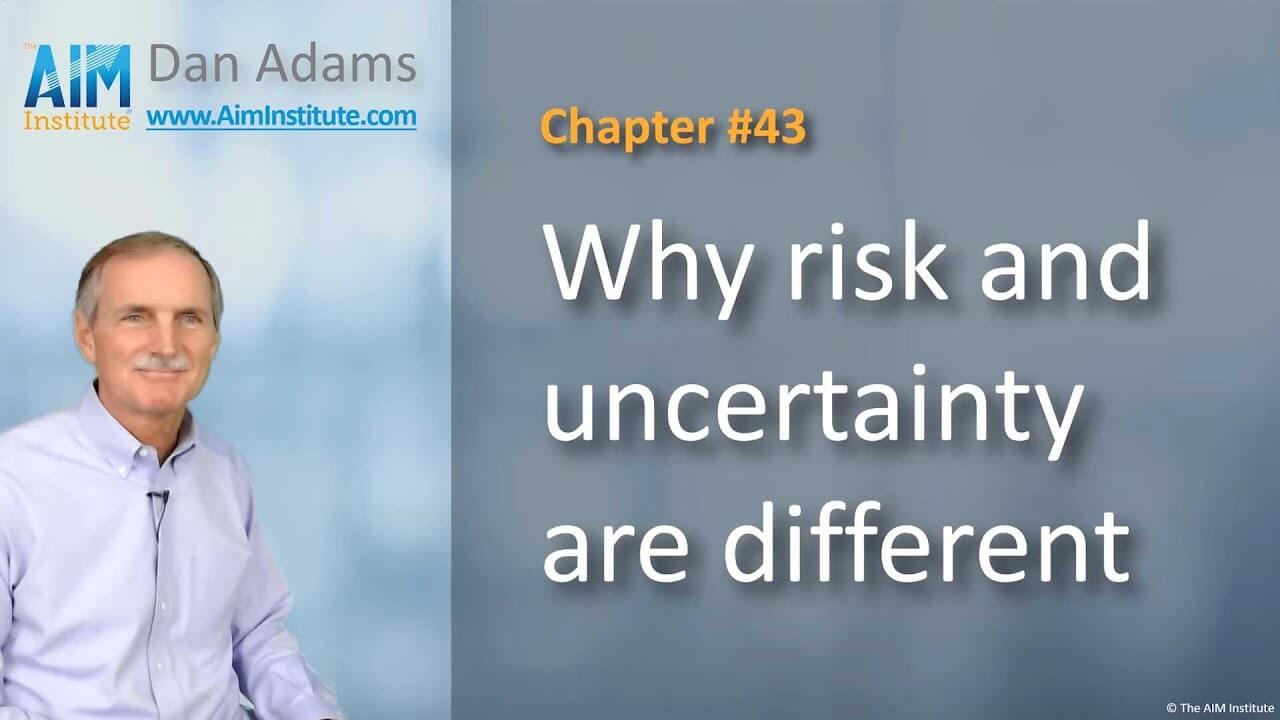In a post-mortem, the landmine that blew up your project is obvious. Here’s how to detect and defuse potential landmines in “pre-mortems”… when you can do something about them.
In the last chapter, we talked about moving your high-impact assumptions to facts… from uncertainty to certainty.
Think of this as detecting landmines that could blow up your project. These are obvious in project post-mortems, but you need them to be obvious in pre-mortems… so you are able to redirect or quickly kill your project.
Imagine your company makes composites of wood and plastic for outdoor decking, and now you want to explore the packaging market, because of possible benefits you might bring.
Your team begins by generating all the assumptions that must be true for your project to succeed. You do this in 3 categories: Market dynamics… Internal capabilities… and Customer outcomes.
One Market Dynamic assumption is convincing the entire supply chain—box maker, box filler, box shipper, and consumer—to change to your material at the same time. This has to happen, so you rate it high impact. And your team has no idea yet if it can happen, so you rate it low certainty… putting this assumption in the red, danger zone.
Your goal is to investigate this and hopefully increase certainty through the yellow caution zone and eventually into the green safe zone. You’d complete this process for 6 Certainty Matrices, typically viewing a total of 50-to-100 assumptions… and create a plan to investigate the red Danger and yellow Caution assumptions.
The team uses market research, lab-work, customer interviews and such to drive each of these assumptions from uncertainty to certainty… reducing the number of Danger and Caution assumptions as they go.
When you do this, two very good things happen. First, teams confidently pursue transformational projects with speed and efficiency. Second, they have a better way to clearly communicate progress to management… which we’ll cover in the next chapter.
